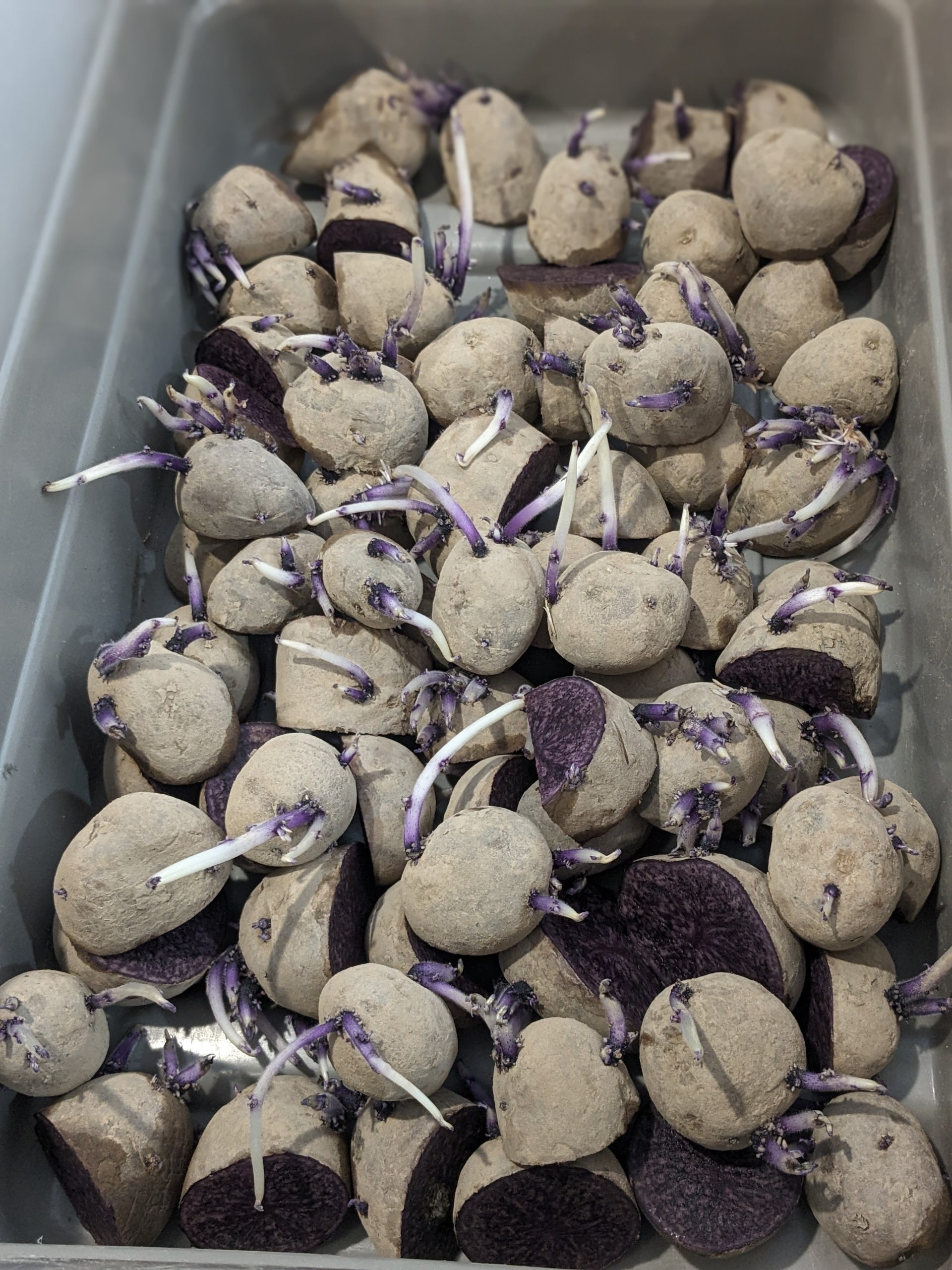
We had a great day on the farm teaching how to plant potatoes.
Yesterday (Friday, the day before class) I was out on the farm getting the rows ready to plant. It was all going well until it started raining. One of the challenge with planting potatoes is rain and wet ground, which also seems to happen when we go to plant potatoes. I’m not sure if I would know how to plant potatoes without standing in mud between the rows.
Today we accomplished the following:
– demonstrated and did hands-on cutting of seed potatoes in pieces to plant
– planted approximately 200 linear feet of three different varieties of potatoes
– installed and tested drip tap for the potatoes
– planted approximately 320 onions
This is the first day in a multipart class where we plan to prepare, plant, maintain and hopefully harvest some awesome potatoes grown without synthetic fertilizer, no herbicides and no pesticides using a low till approach. We work hard to practice regenertive farming.
I realize that if there aren’t pictures of video then did it really happen? So, lets take a look at the pics. Check out the purple potatoes! Scroll to the end for some bonus pictures.
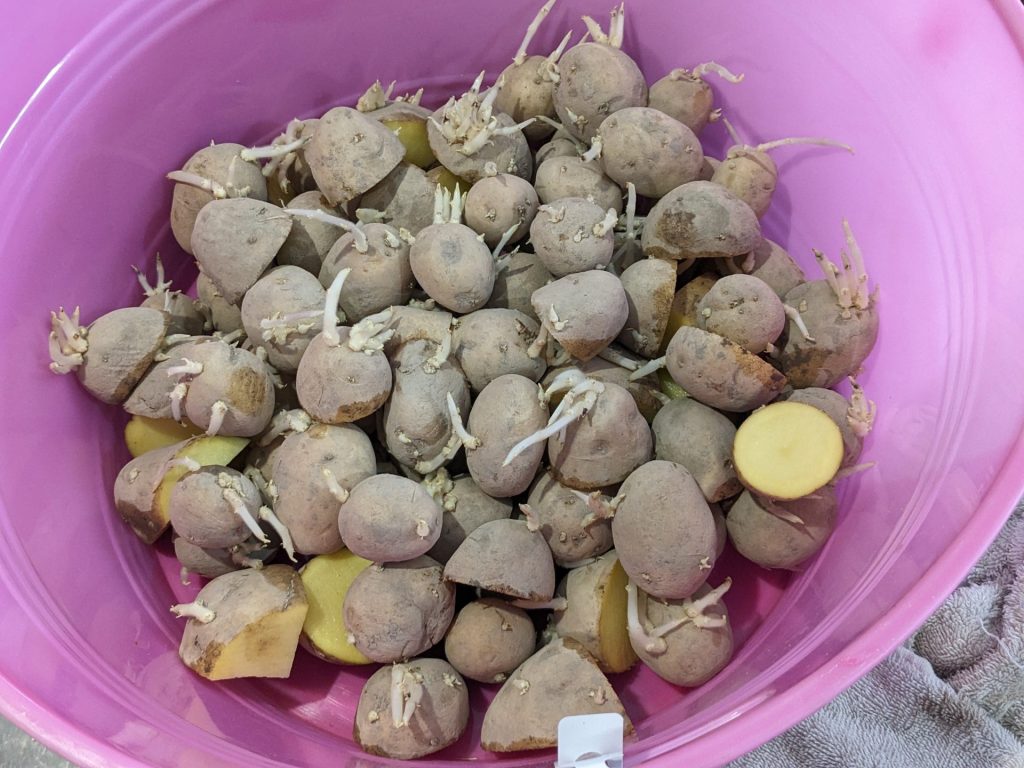
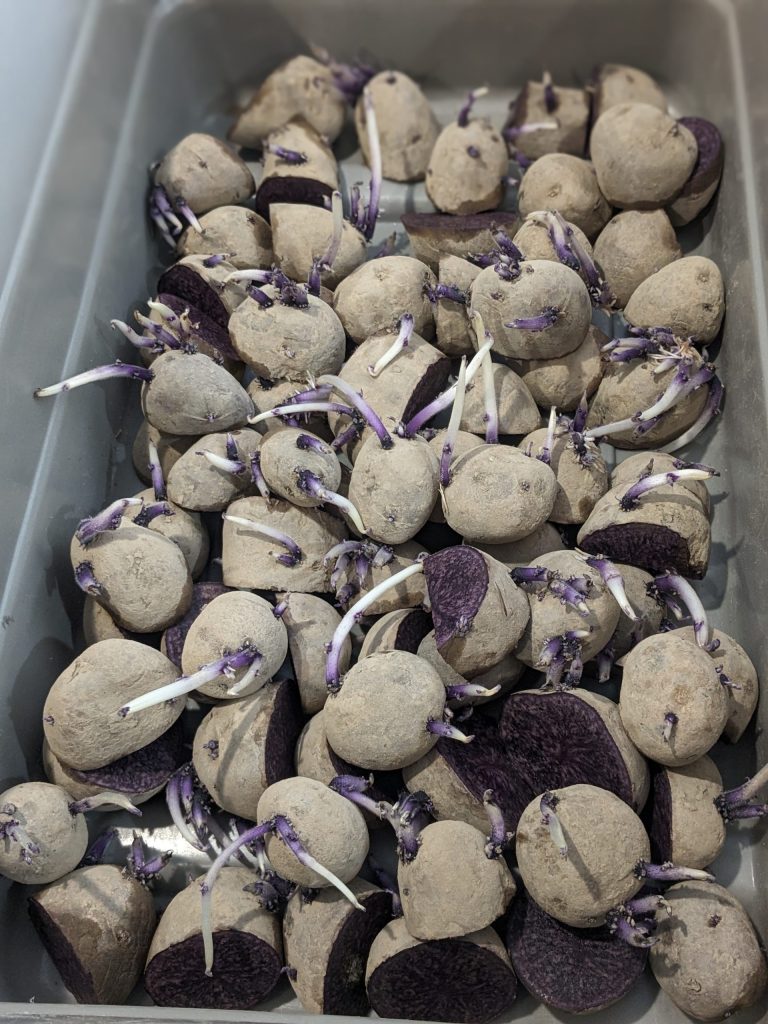
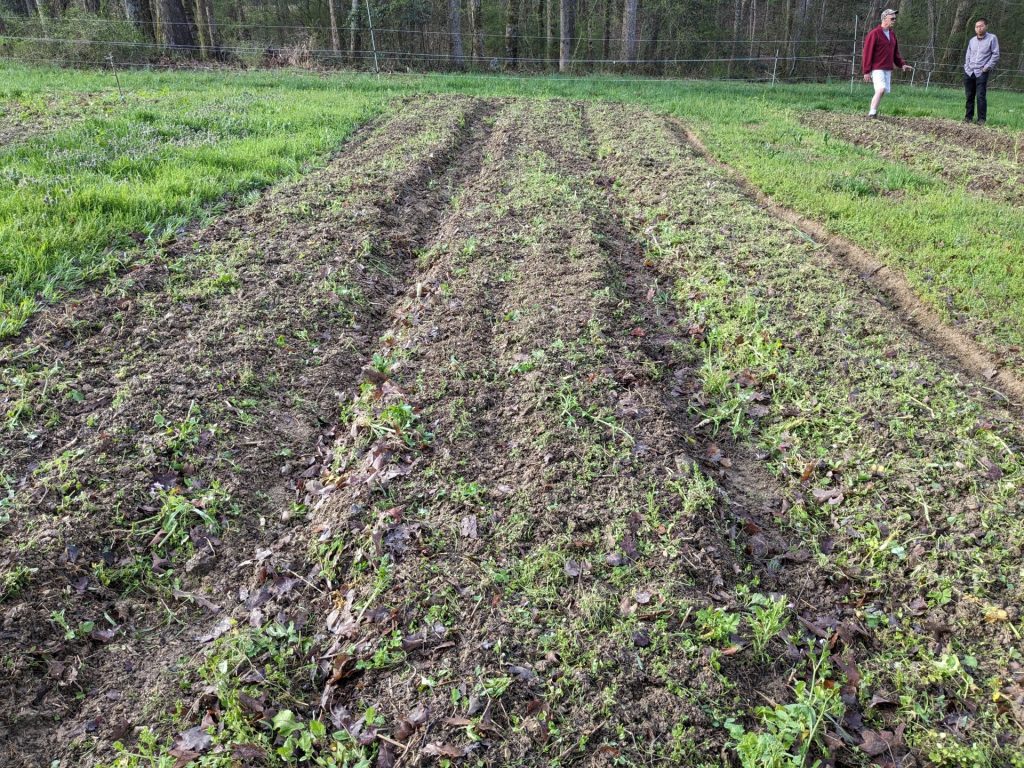
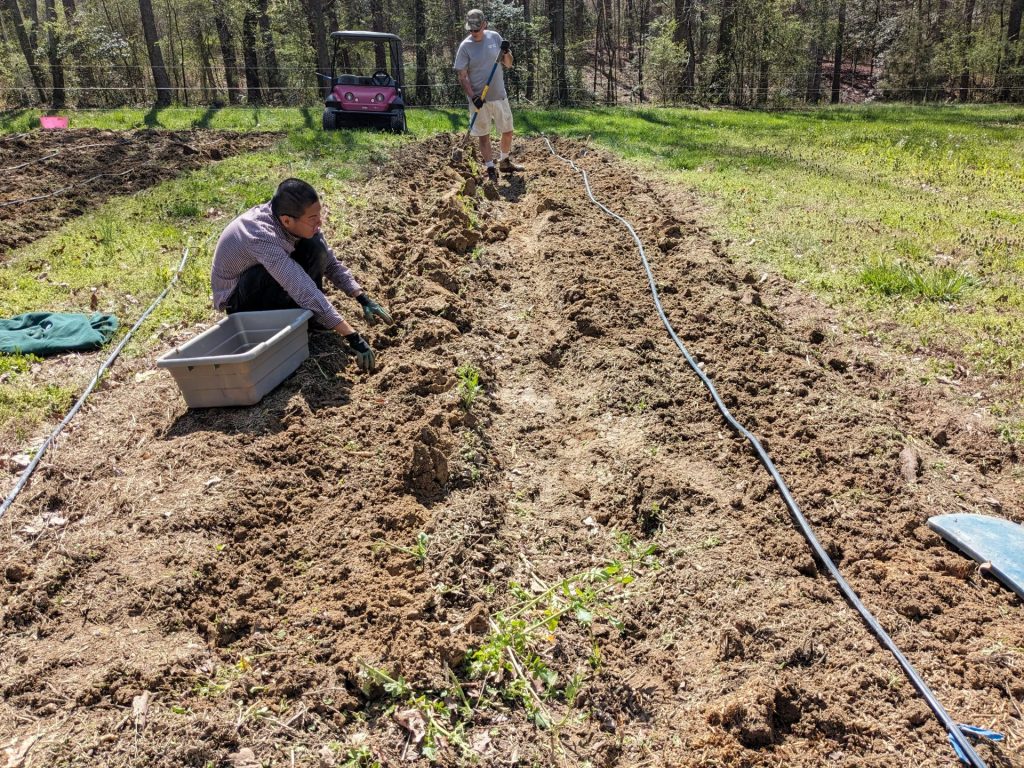
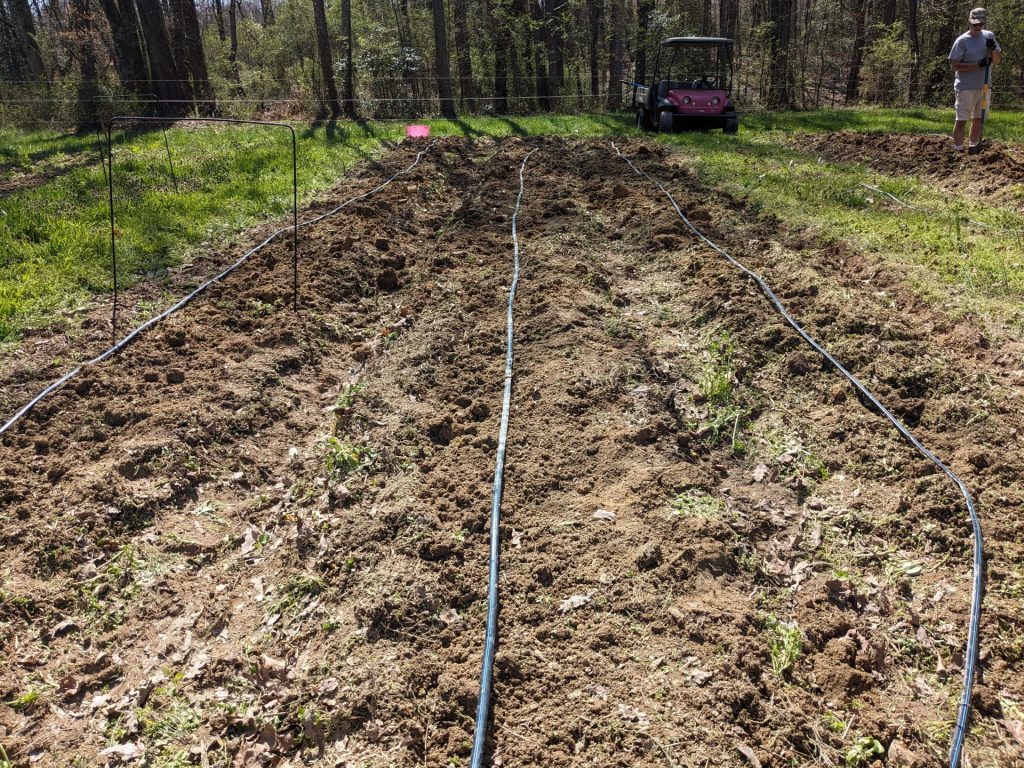
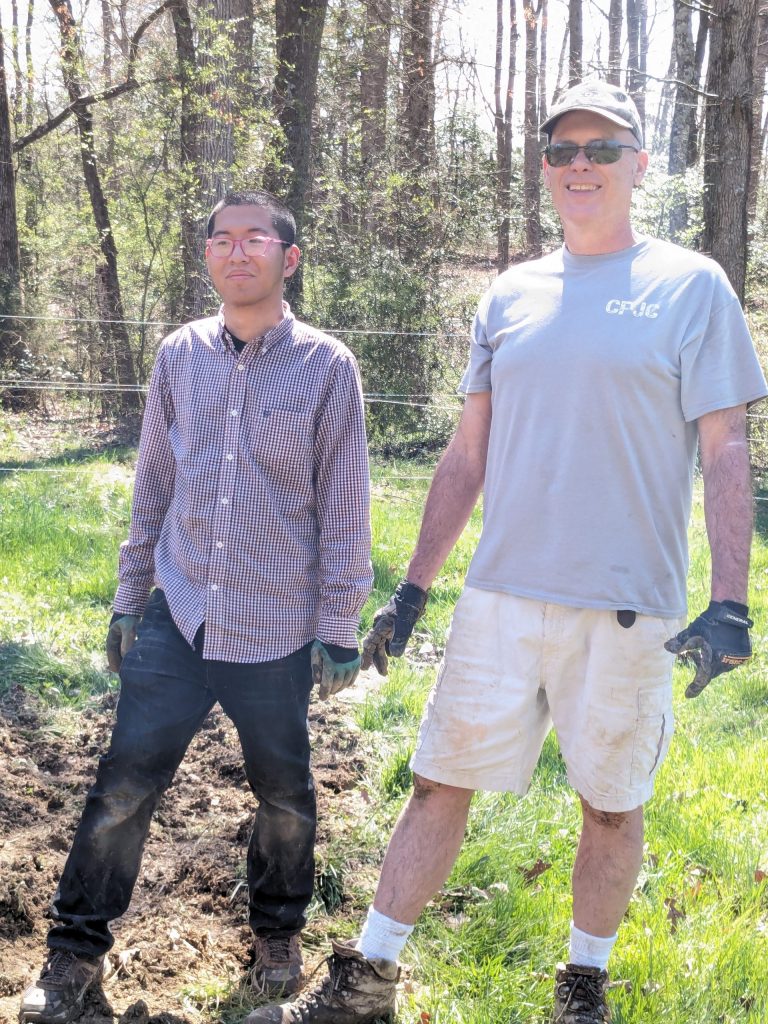
P.S. Planting one more tree
About this time of year, I declare I’m done planting new trees or perennials until fall. But there is also the temptation to plant just one more fruit bearing tree or bush. Friday, it was just me on the farm and I had brought with me a fig that somehow didn’t get planted this fall or winter. So, I decided to plant one more tree. Thanks to Connie for getting the fig cutting and turning it into a figlet that was ready to plant. One day, if all goes well, we’ll be trying to figure out what to do with a lot of figs.
My dad always says “the best time to plant a tree was 20 years ago and the next best time to plant a tree is this afternoon”.
Jean montie roland, quoting someone else, but still great advice
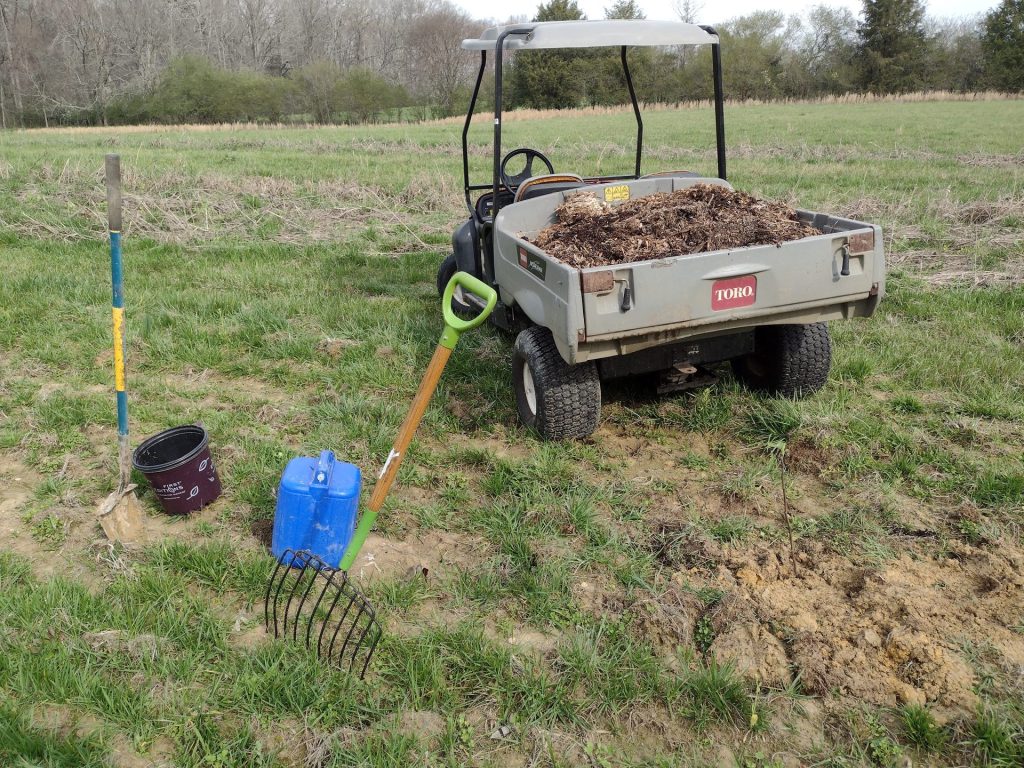
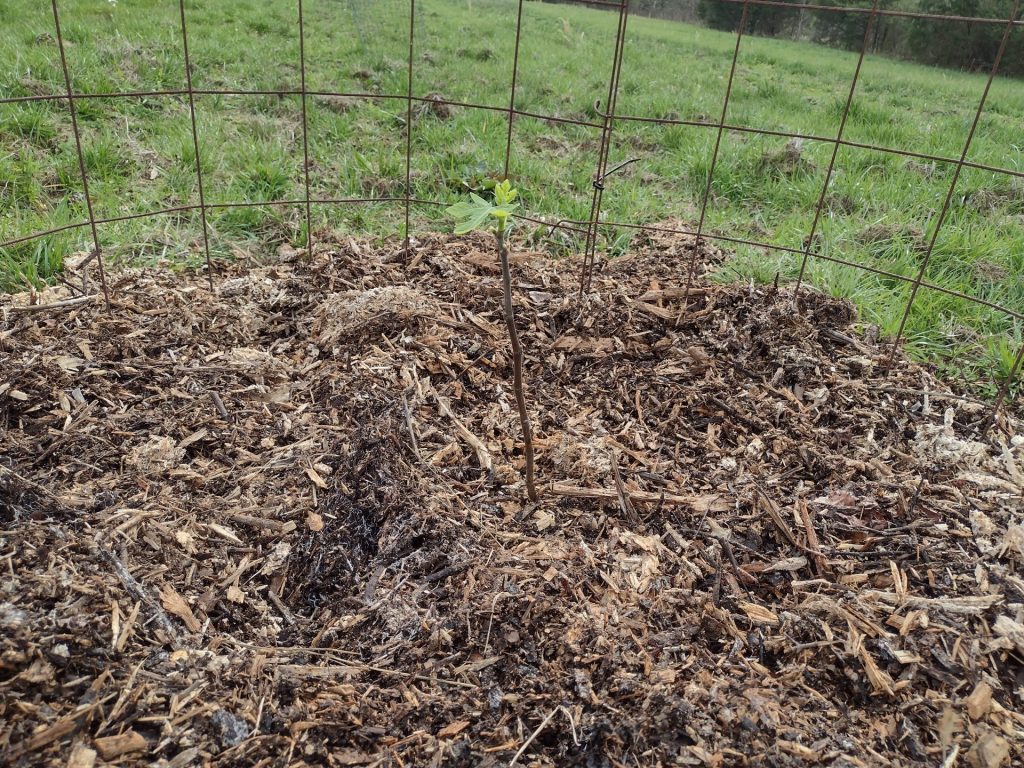

P.P.S. Parting Throught
I haven’t run this meme by my wife yet, but I’m confident she will agree. I’ll ask her after I water the chickens.
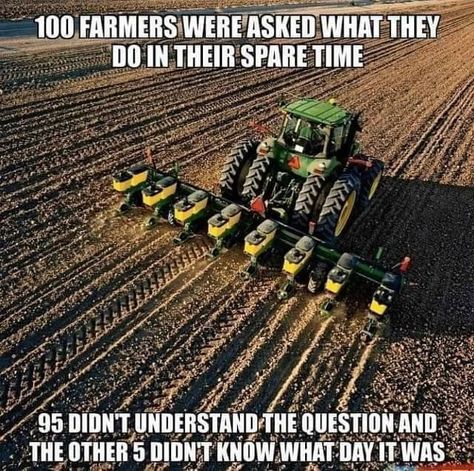

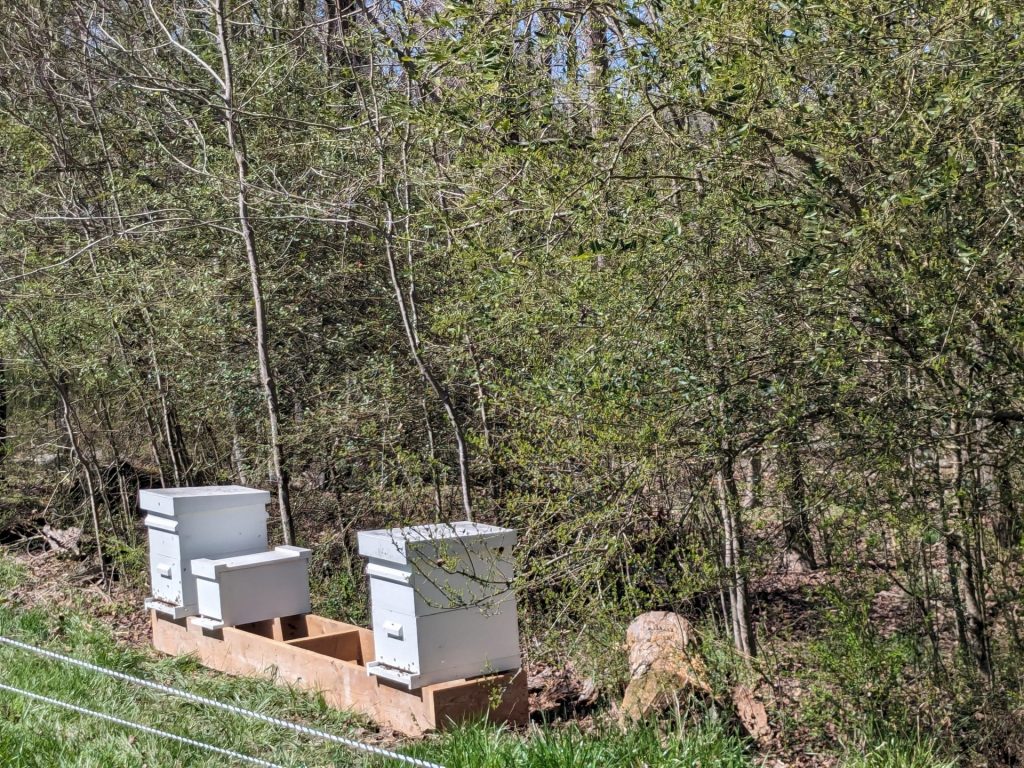
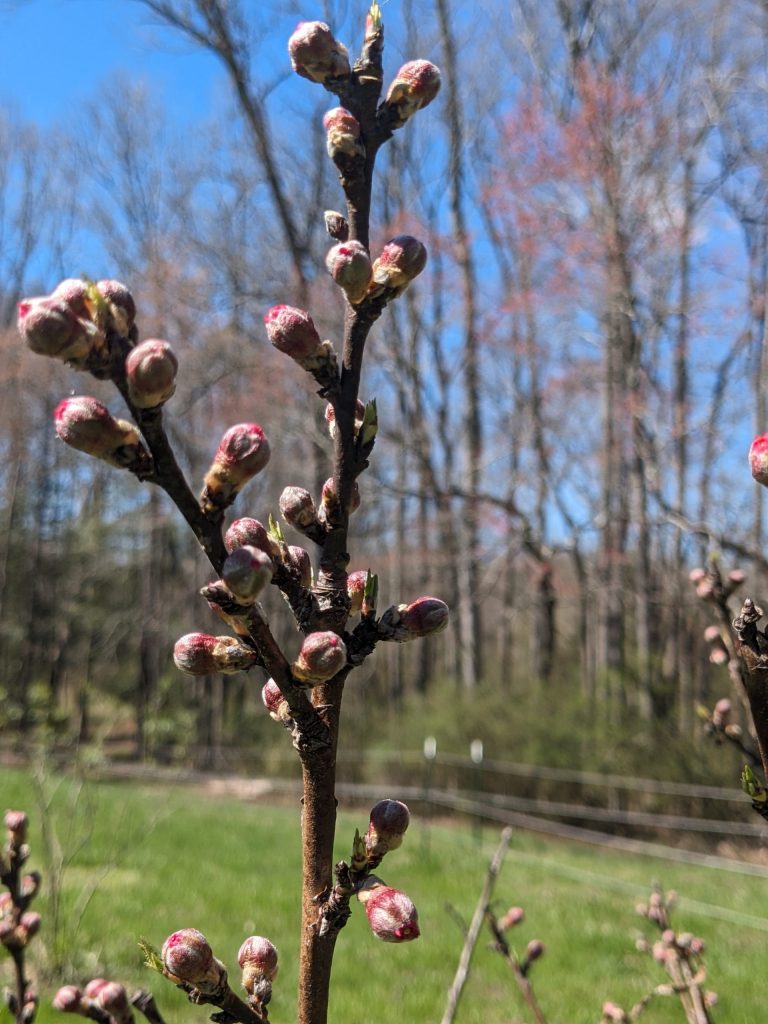
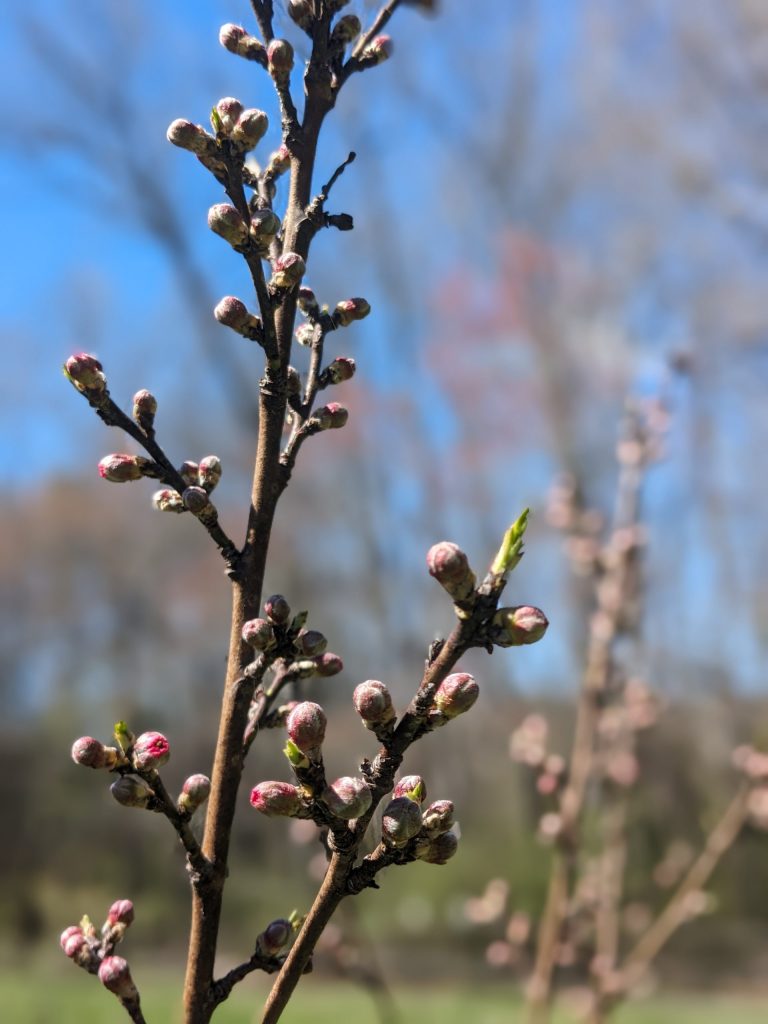
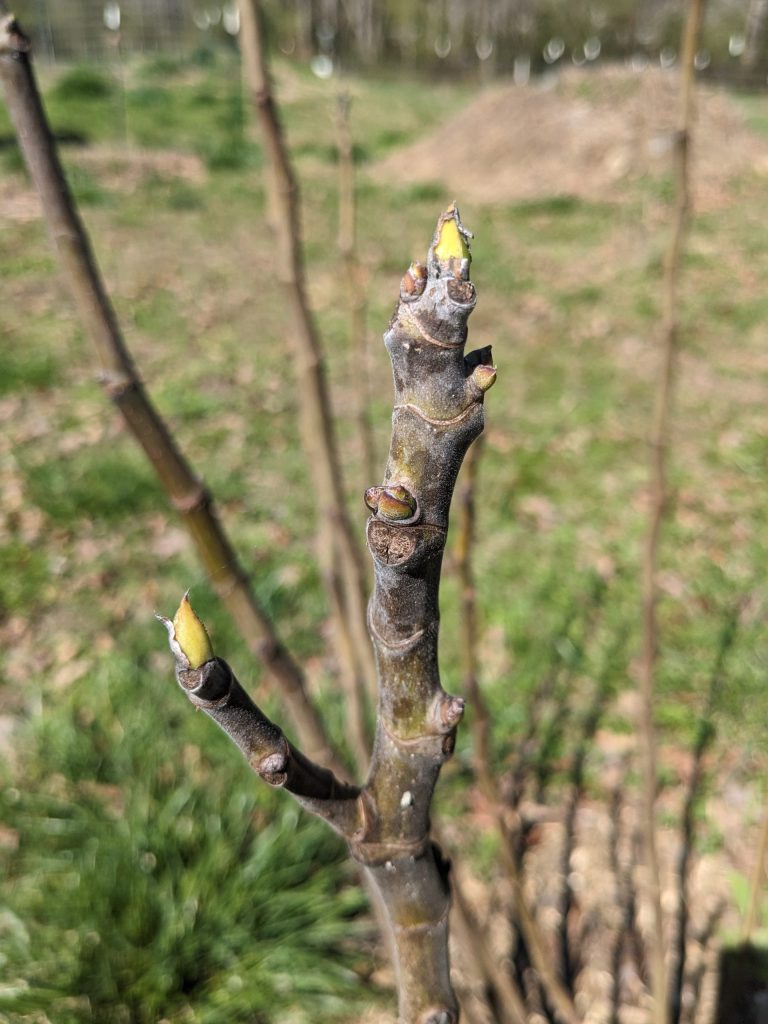
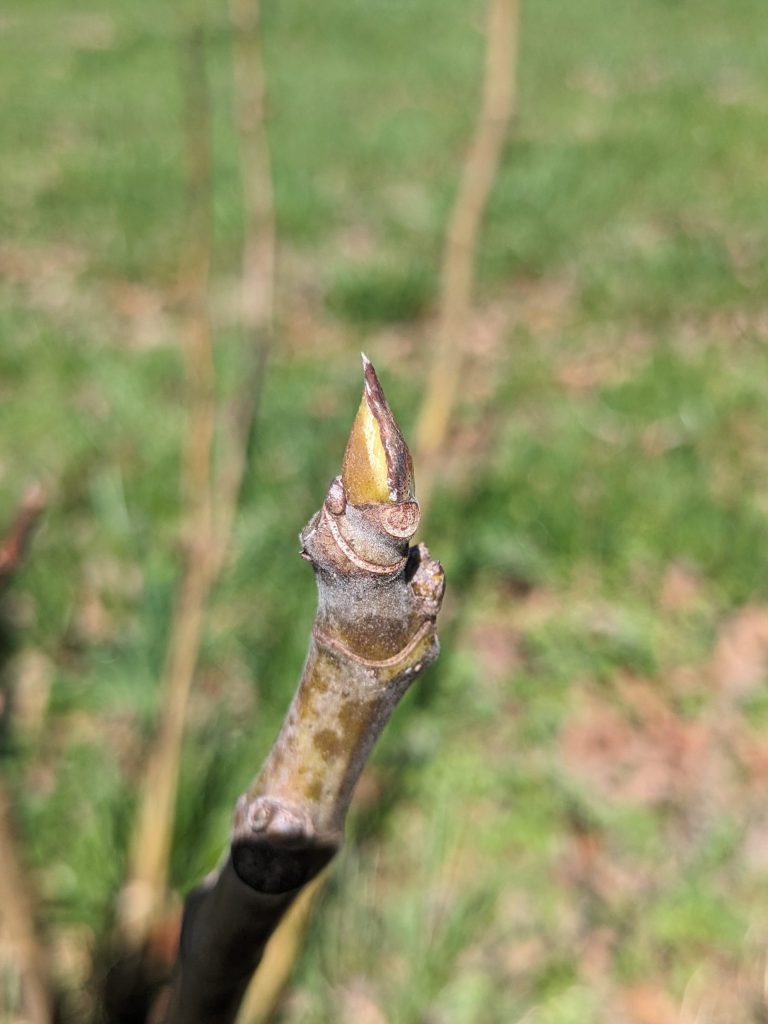
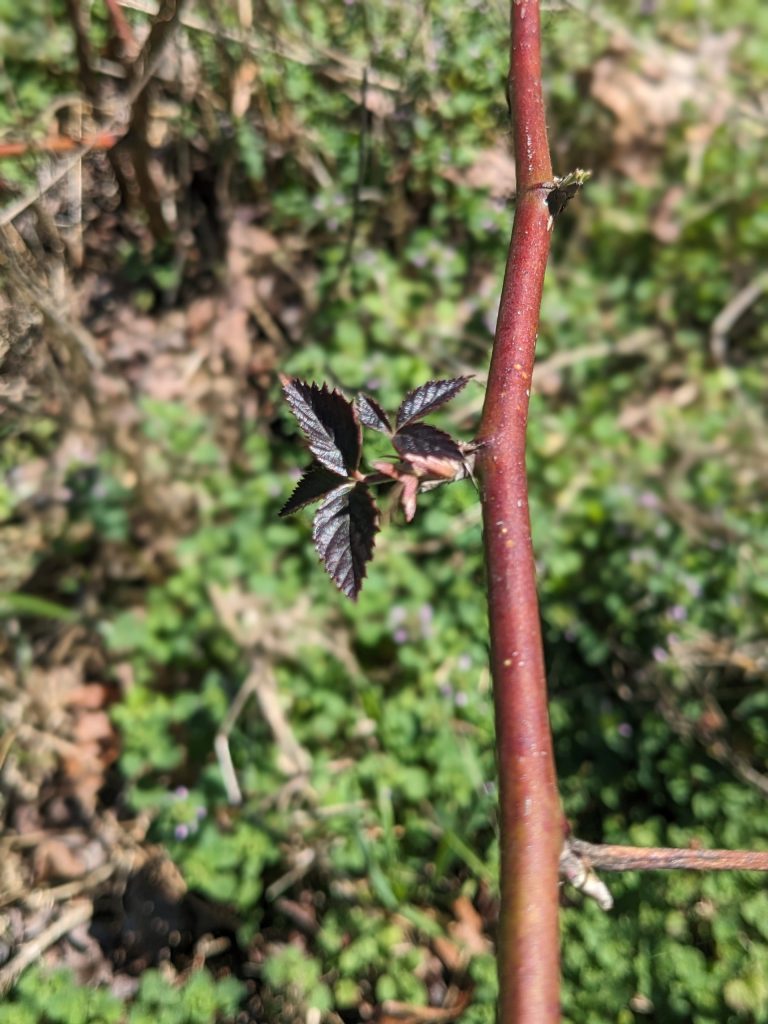
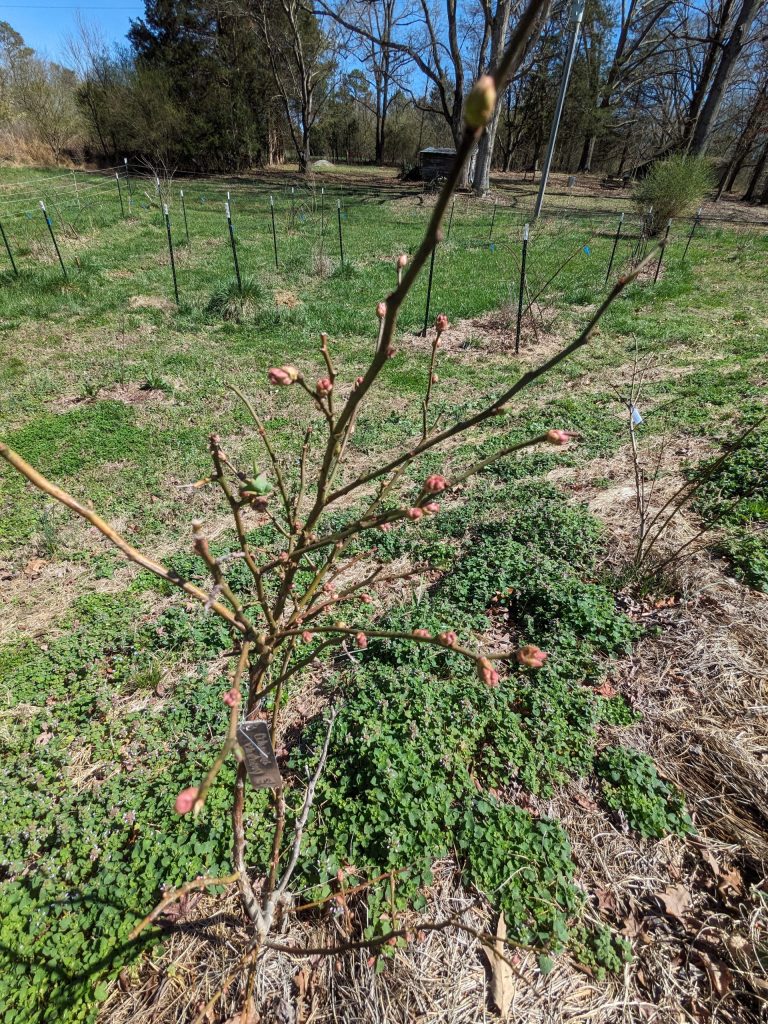

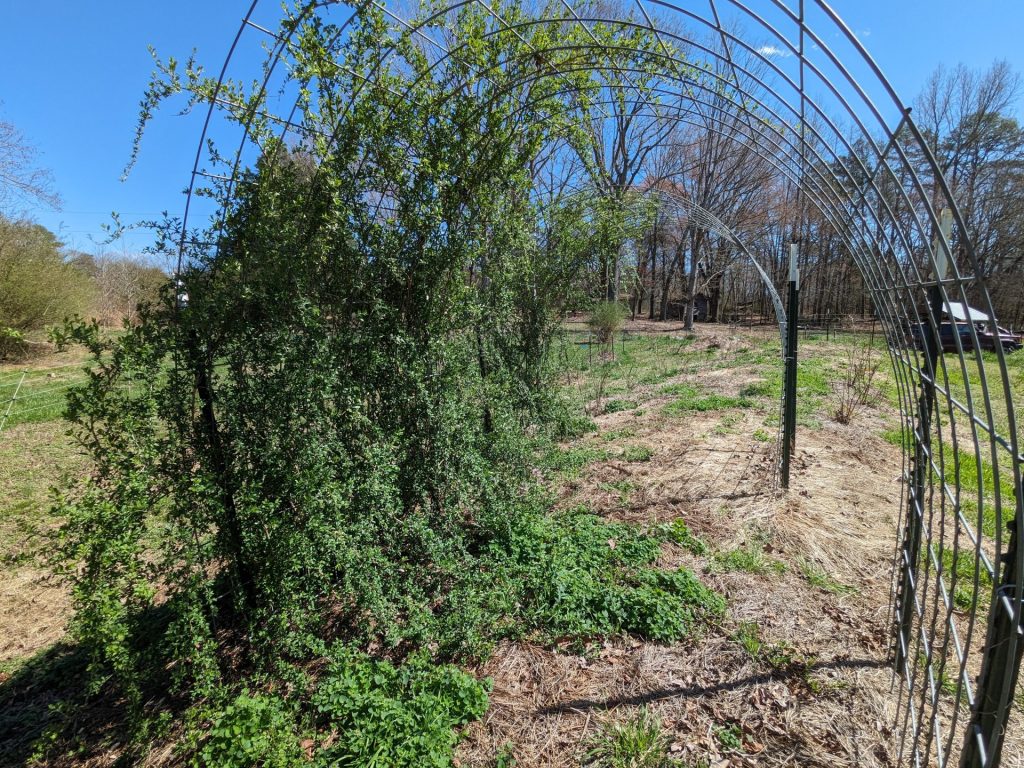
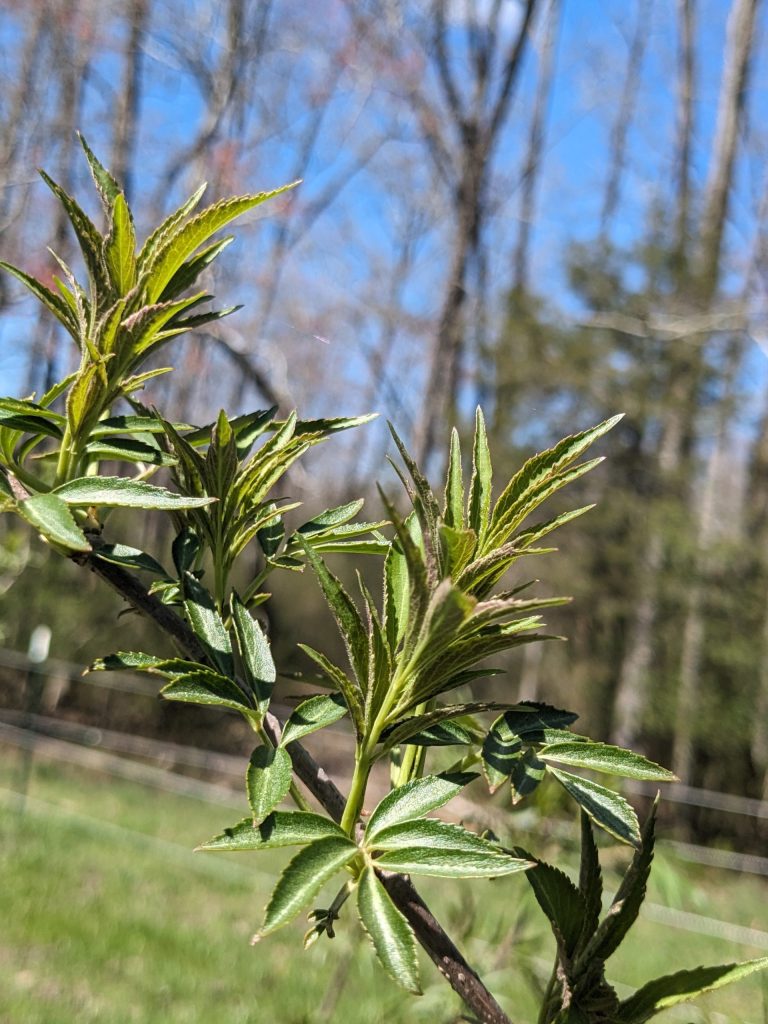
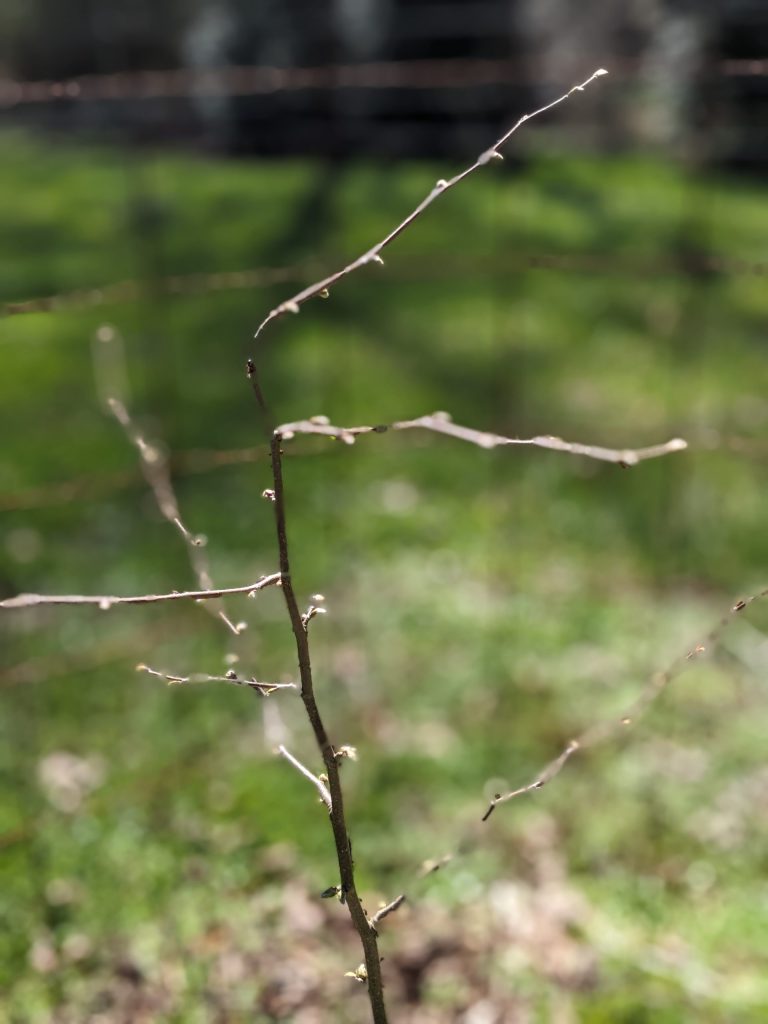
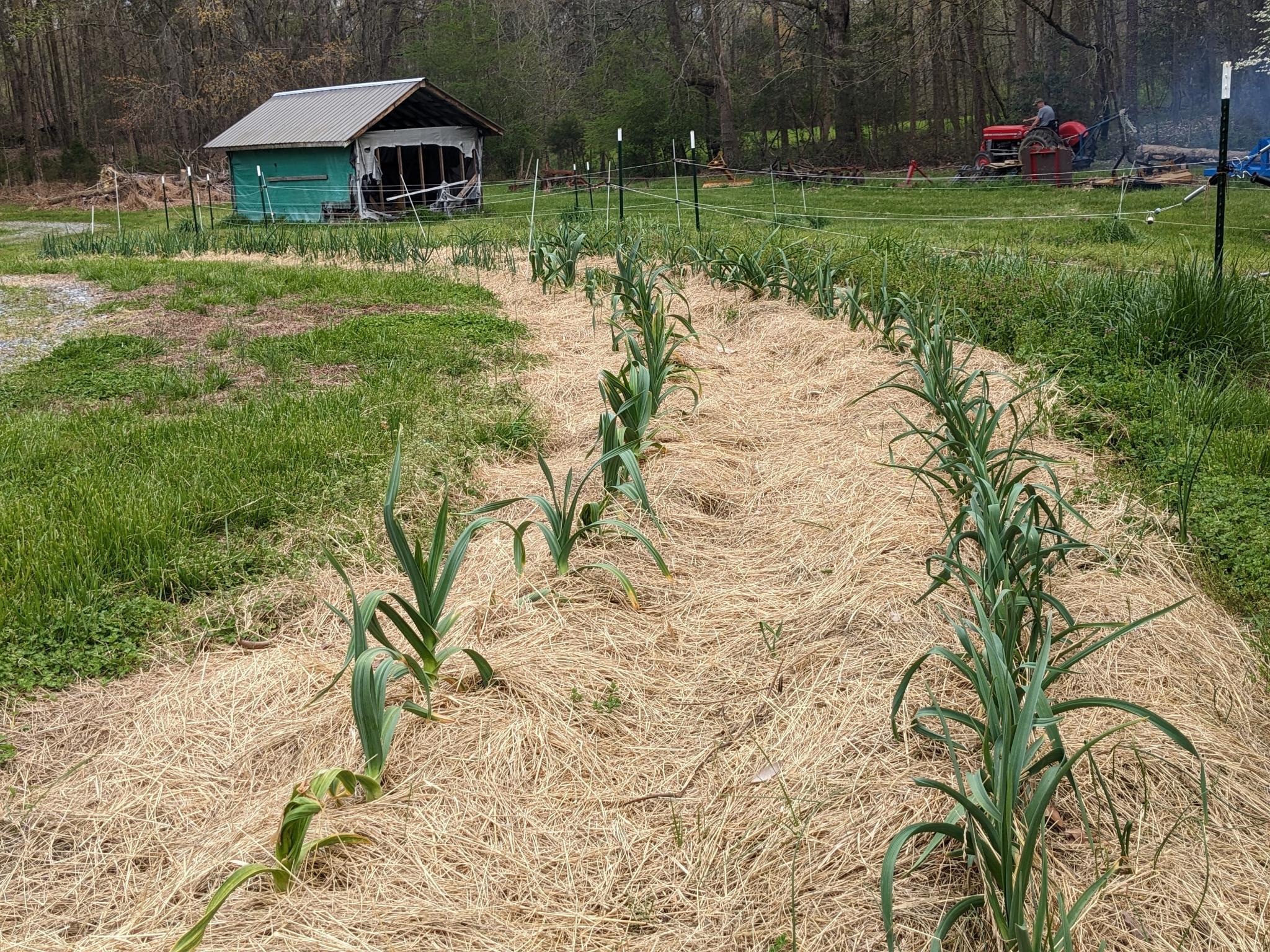
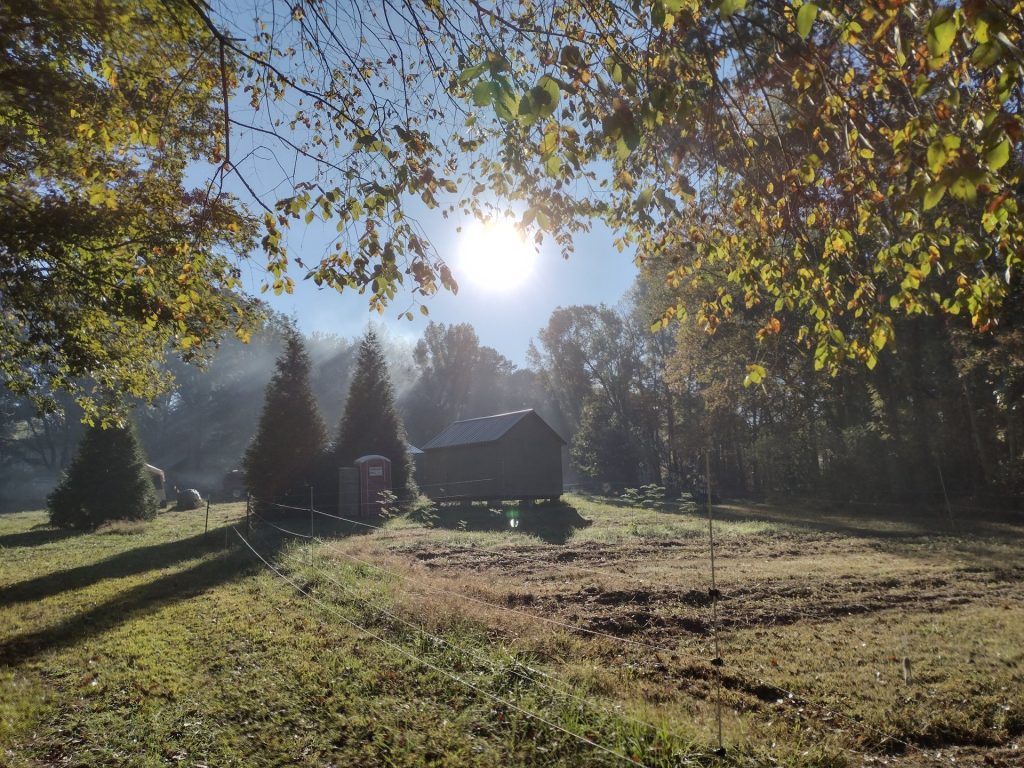
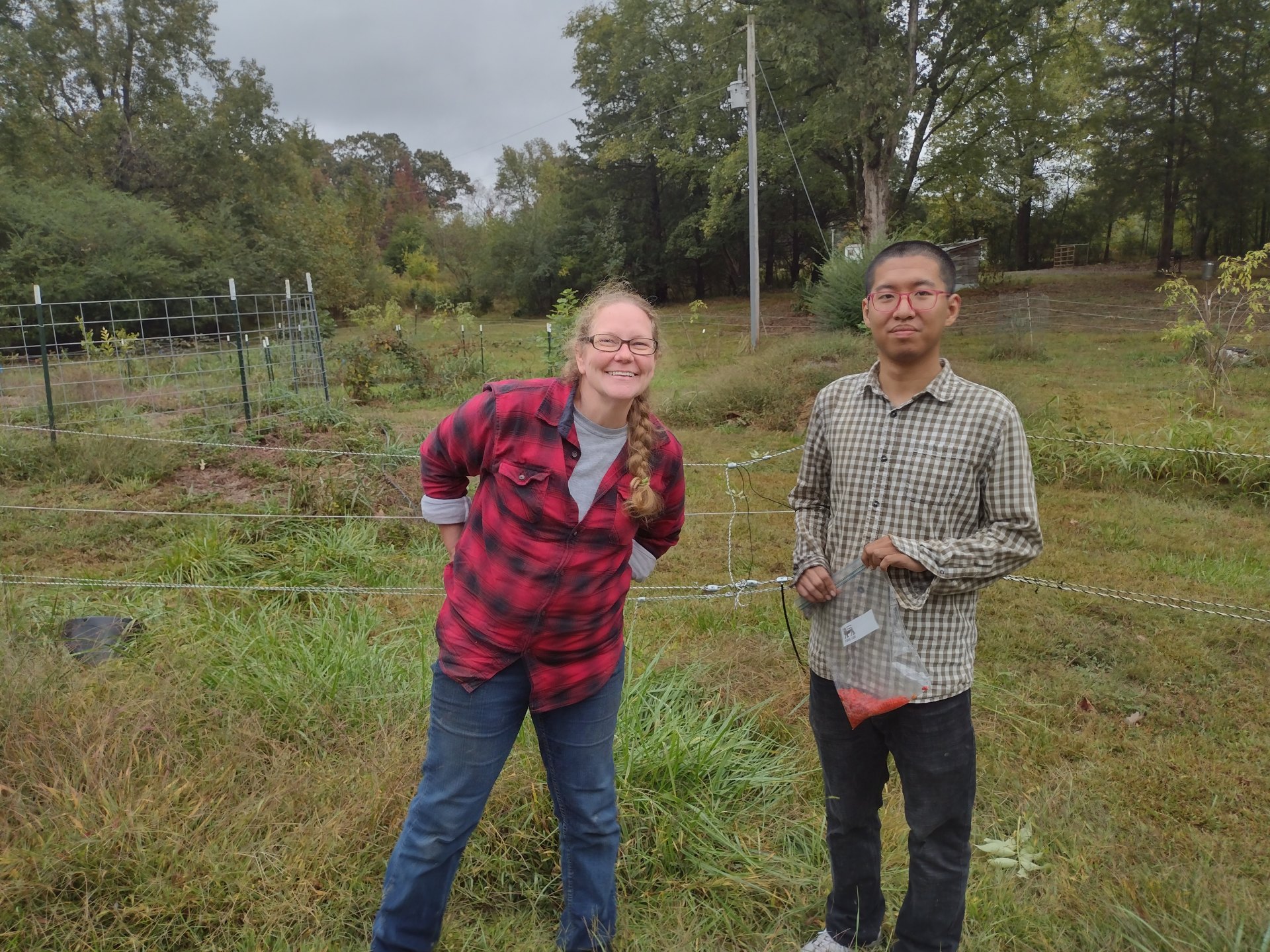
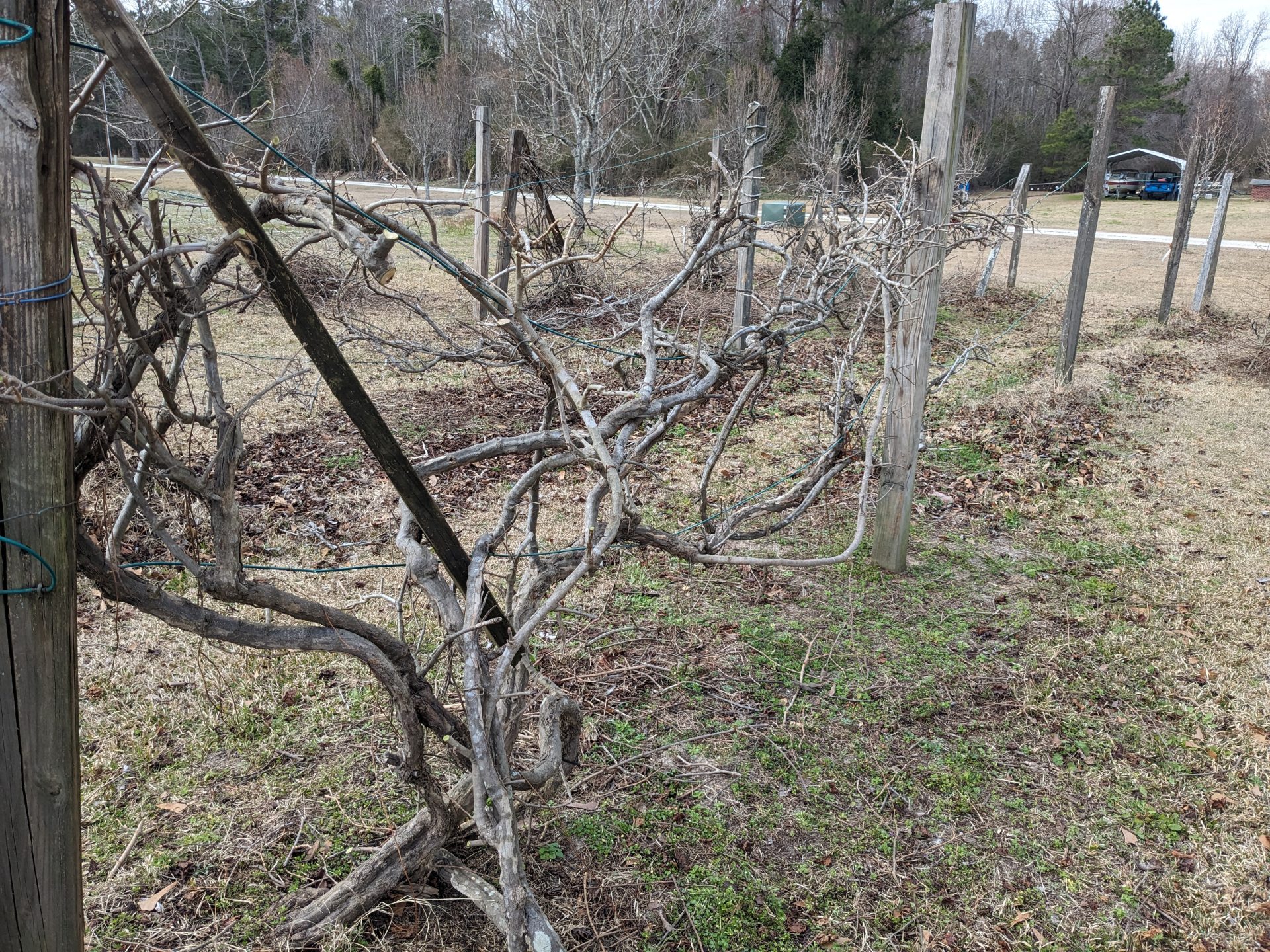
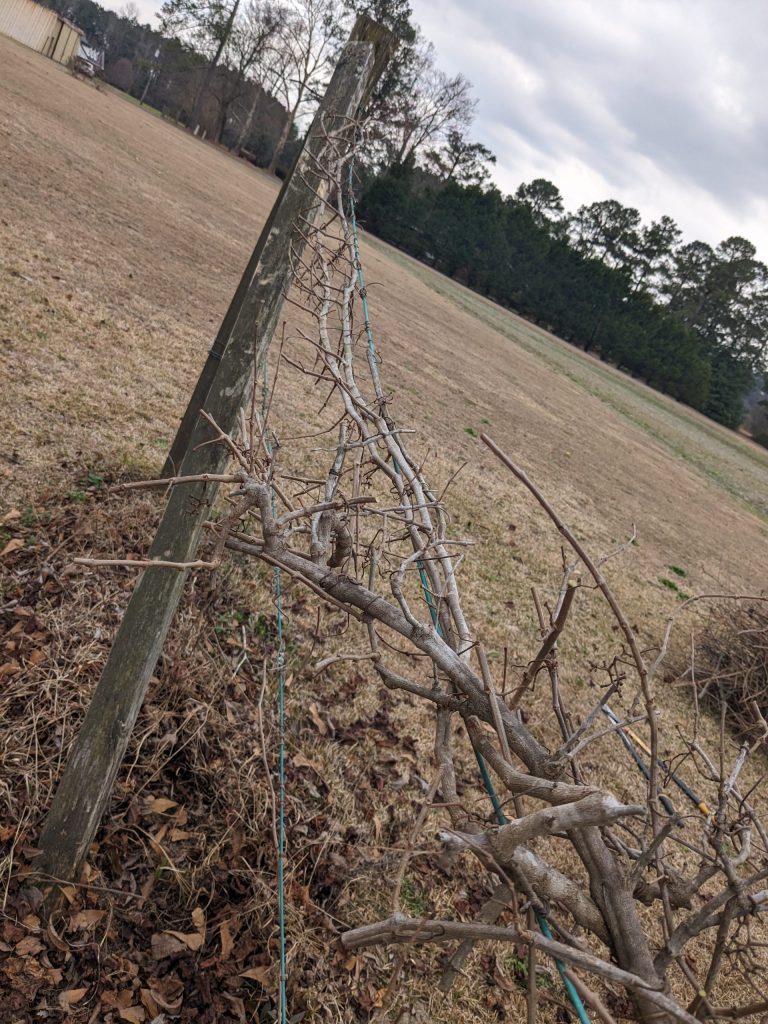
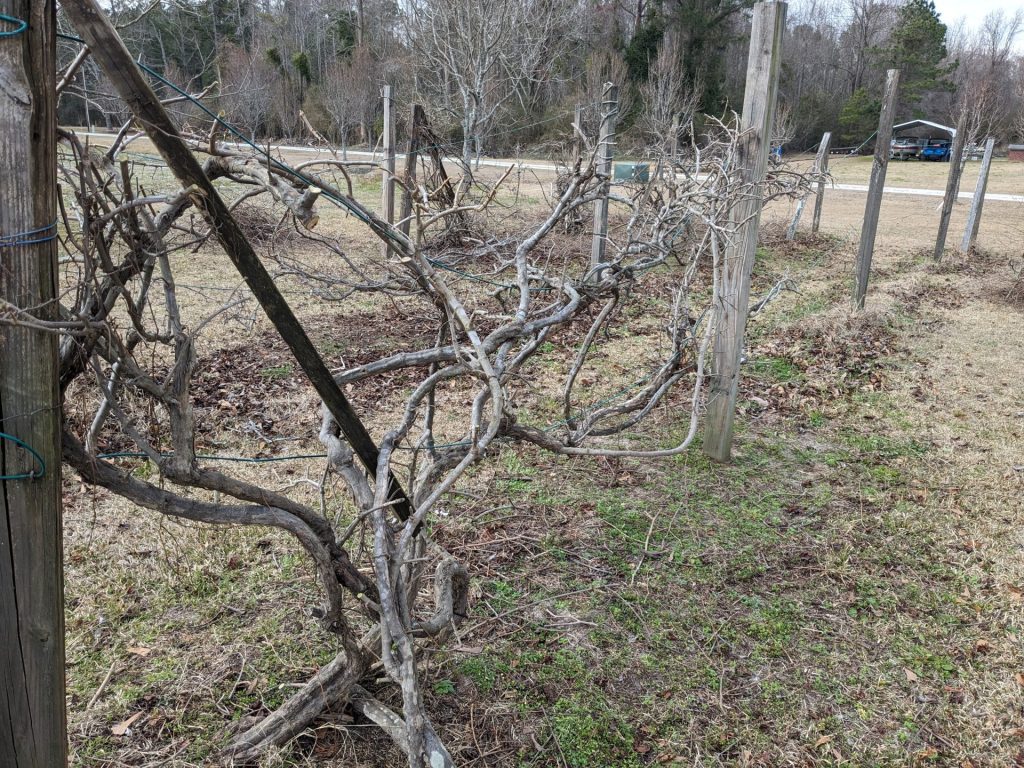
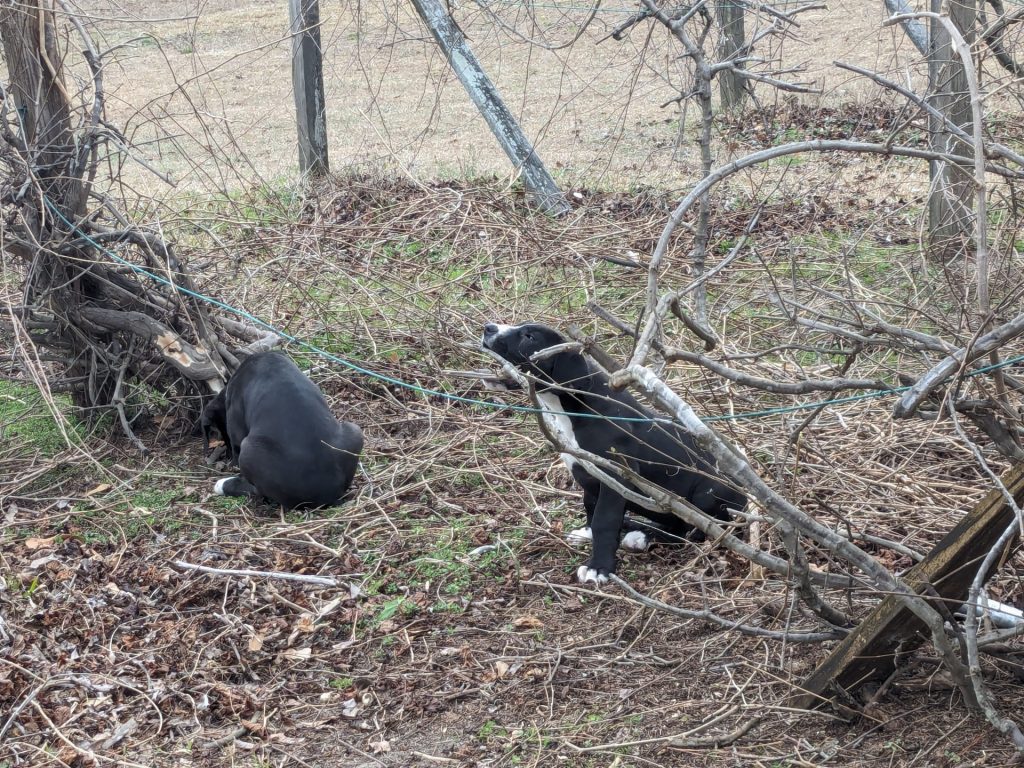
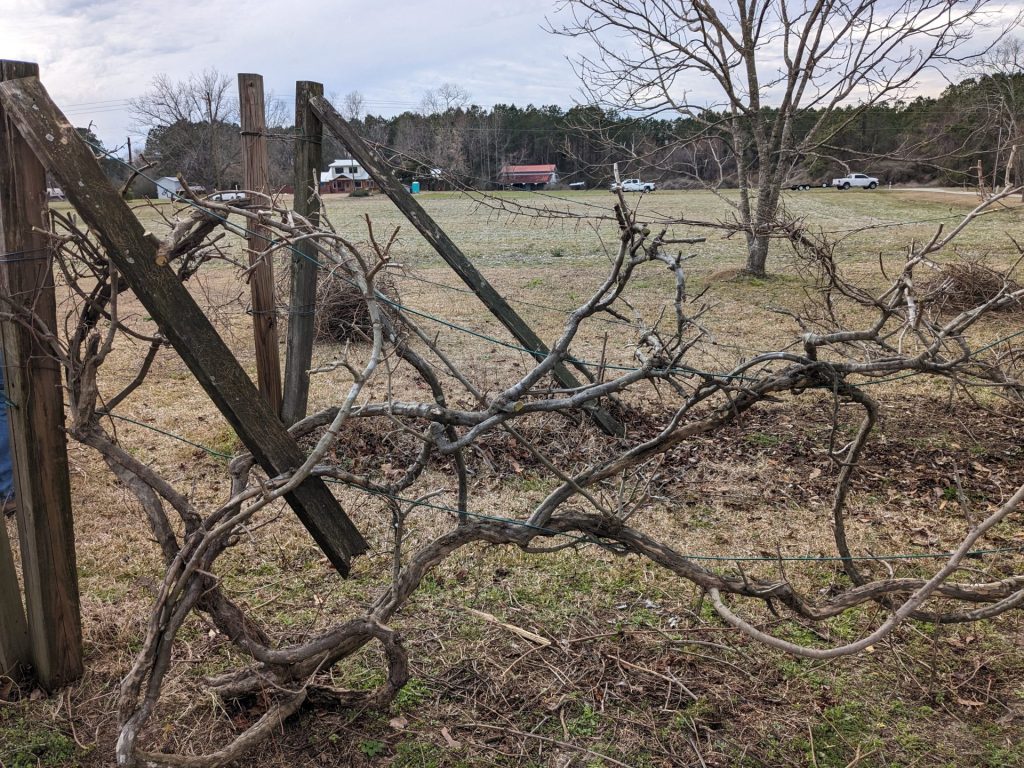

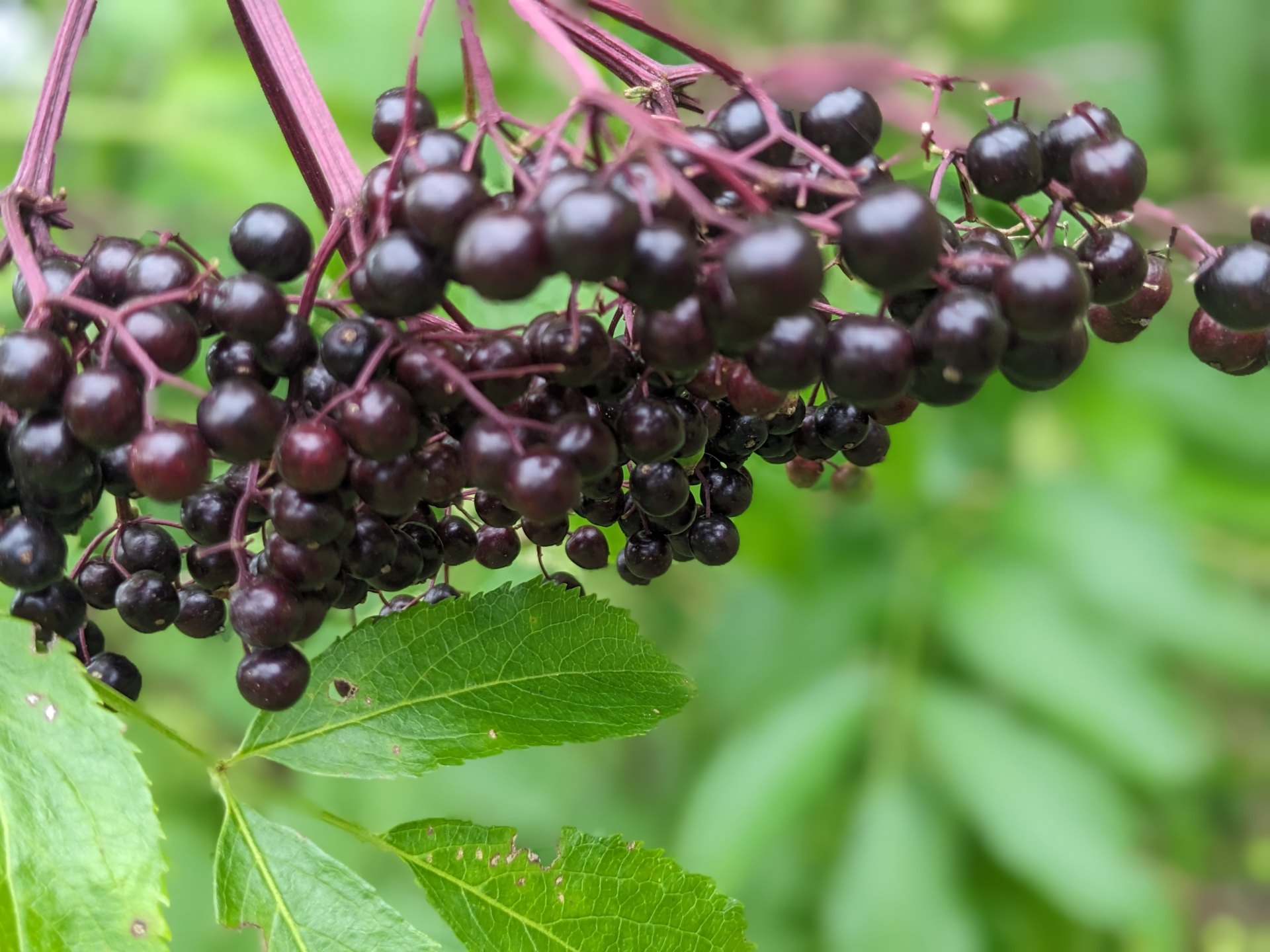
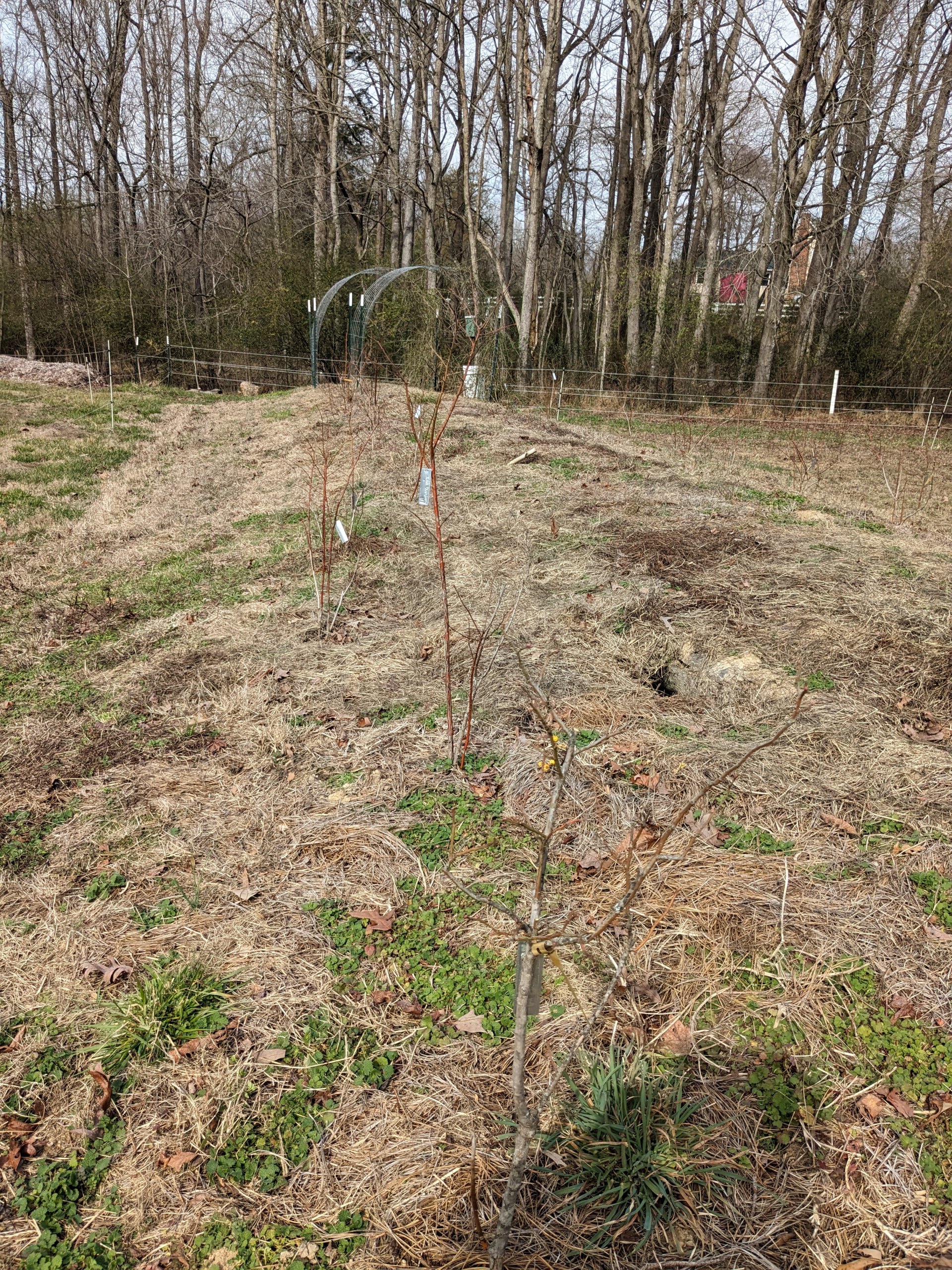
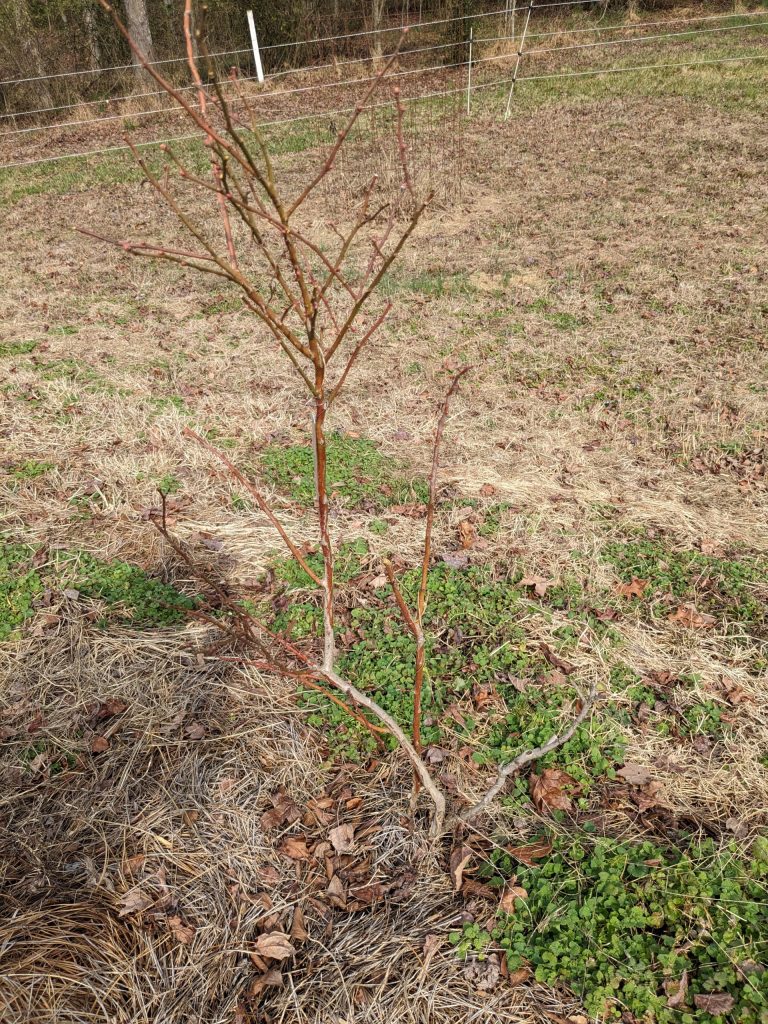
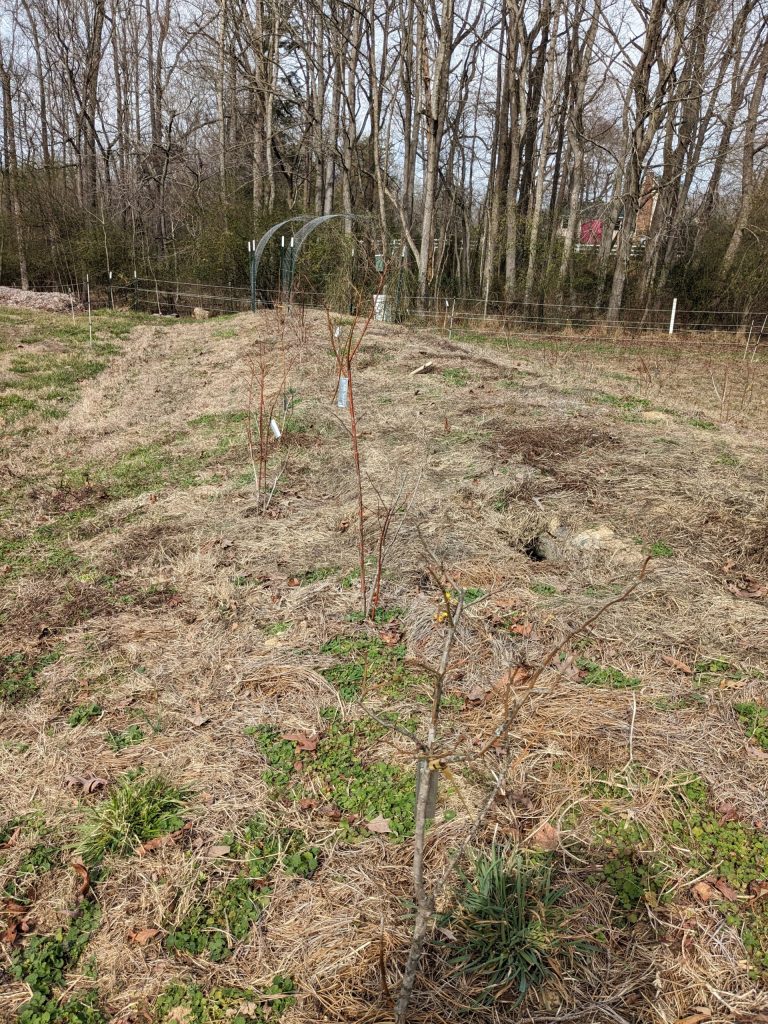
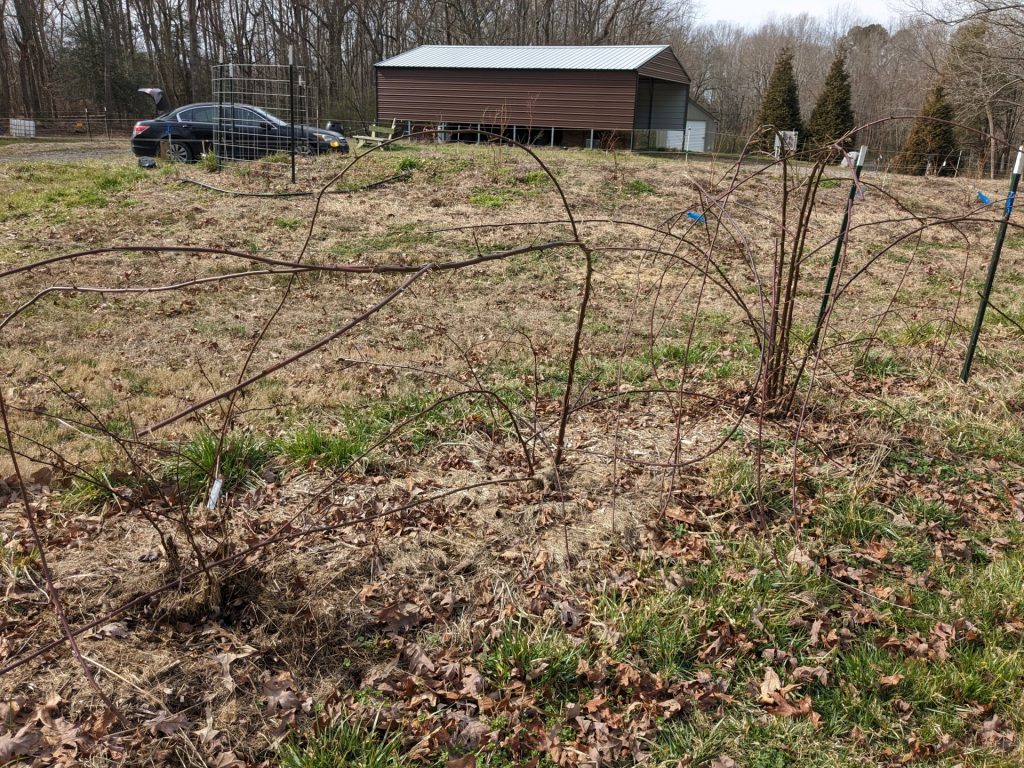
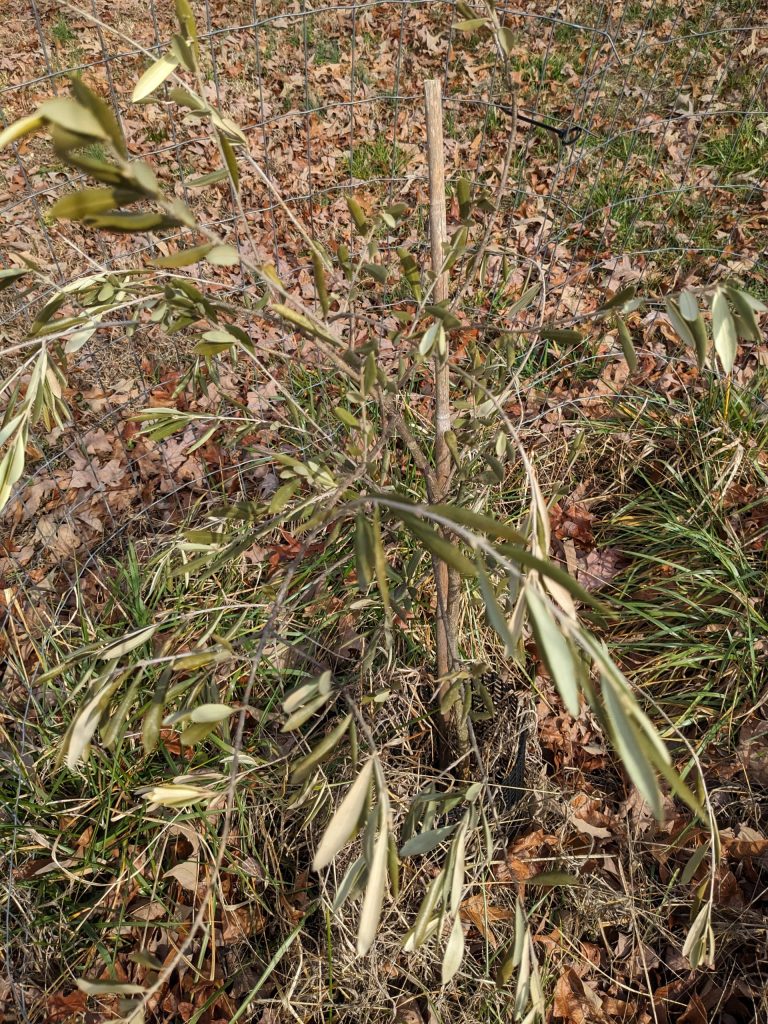
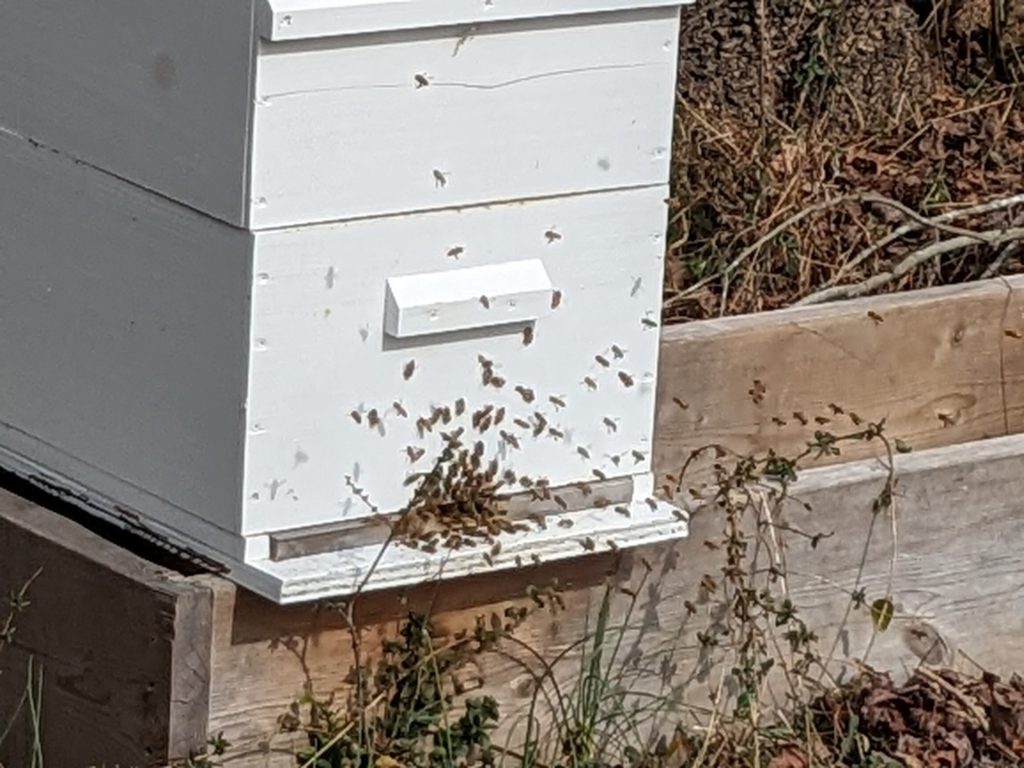
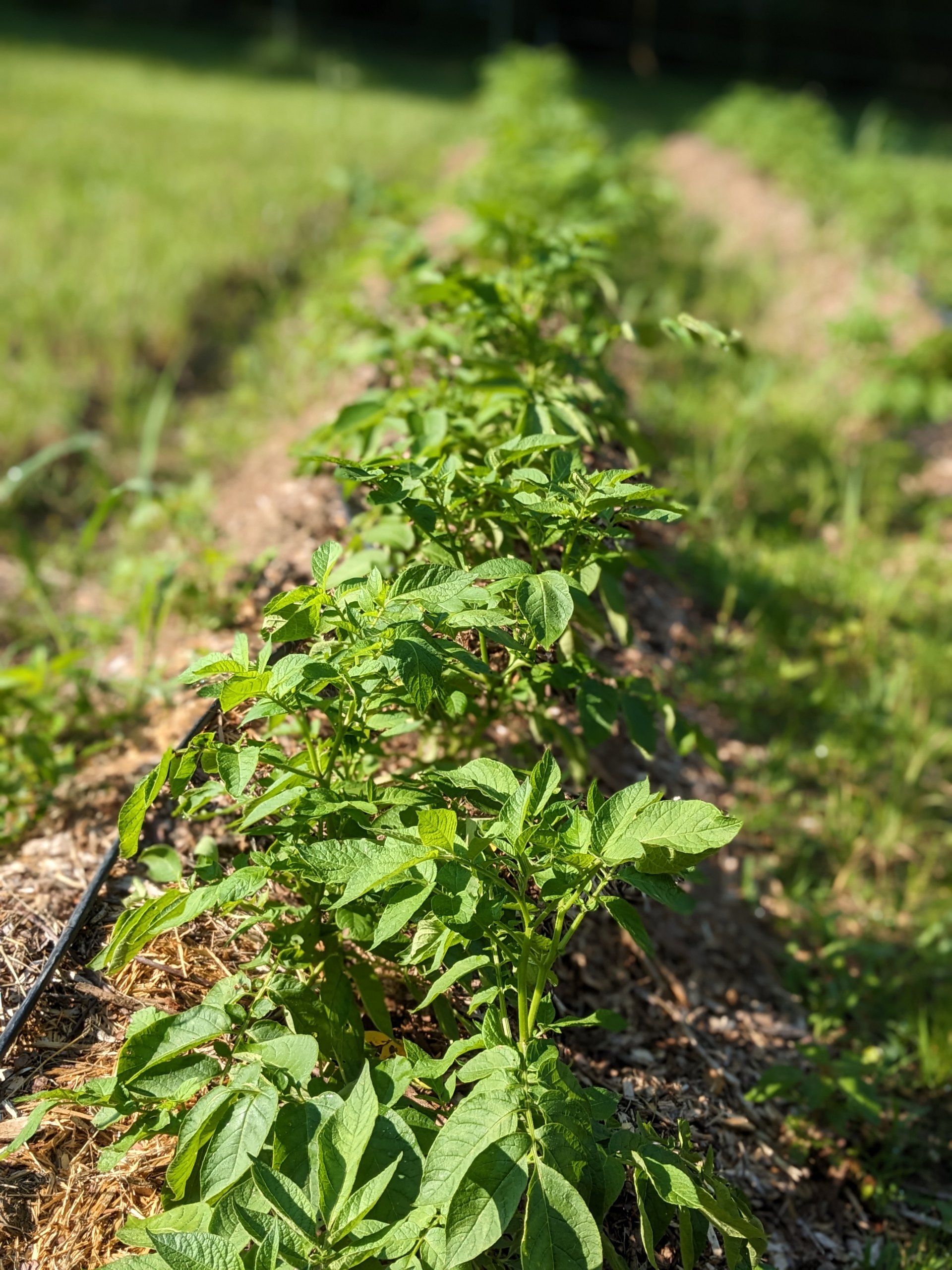

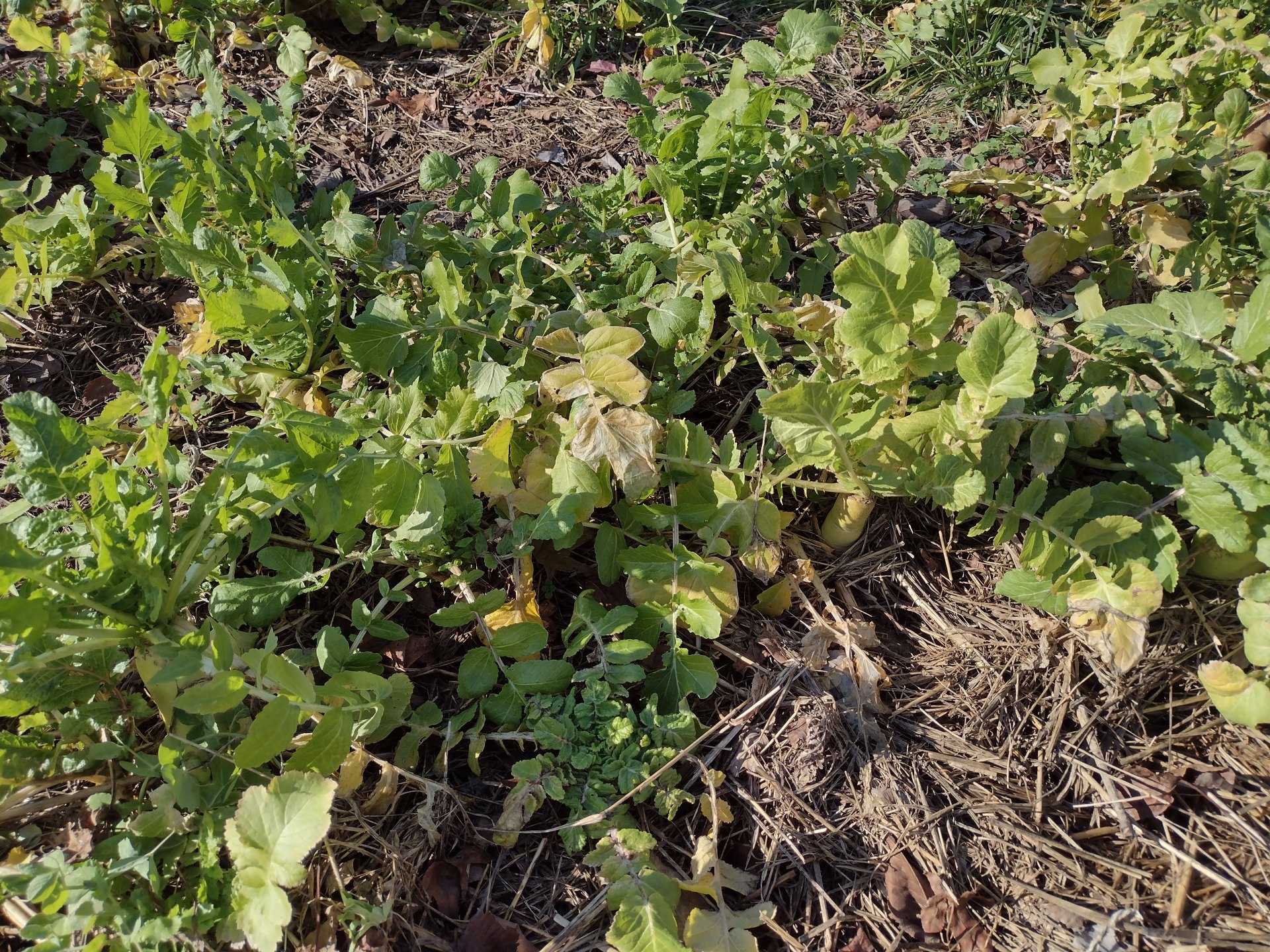
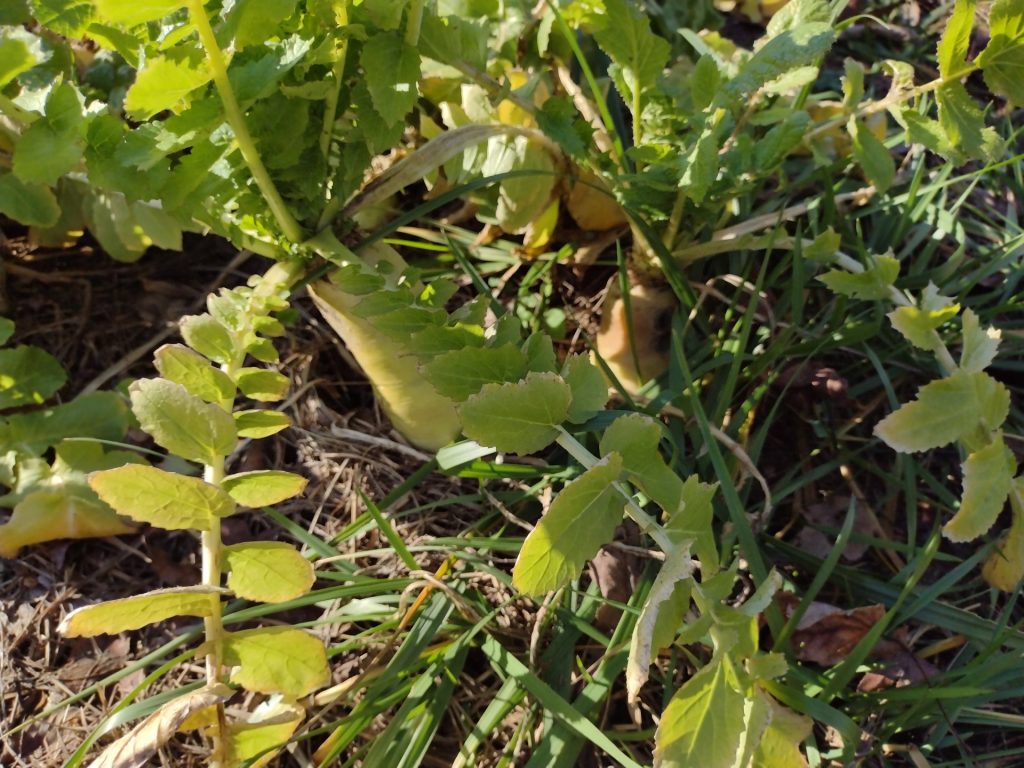
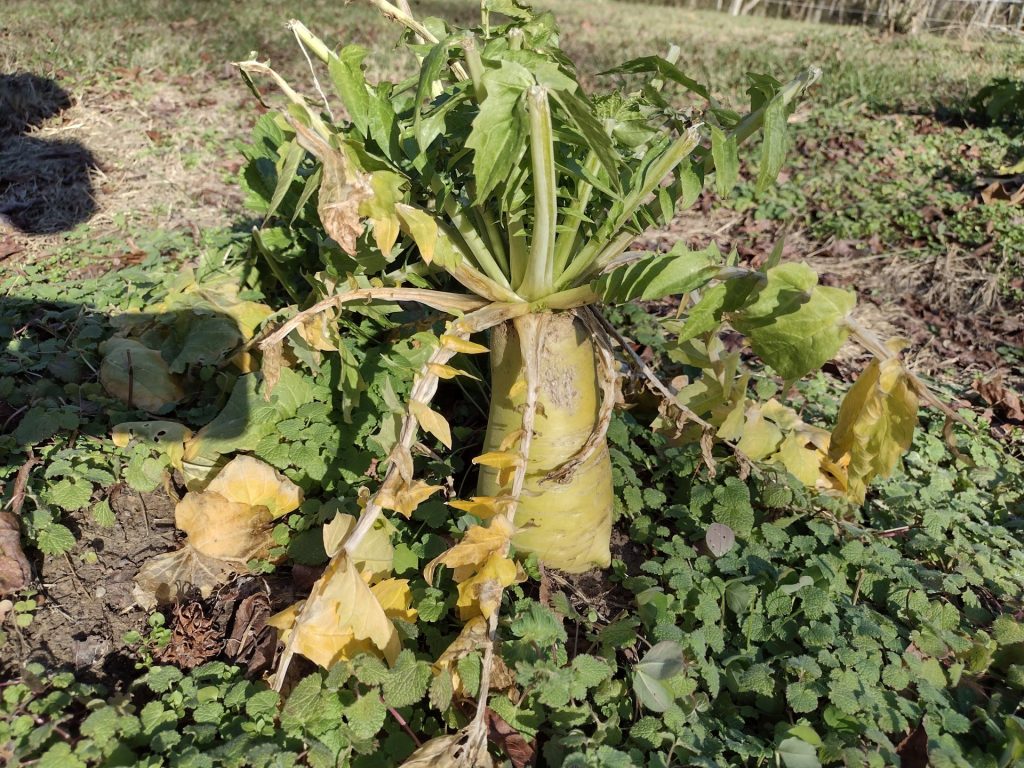
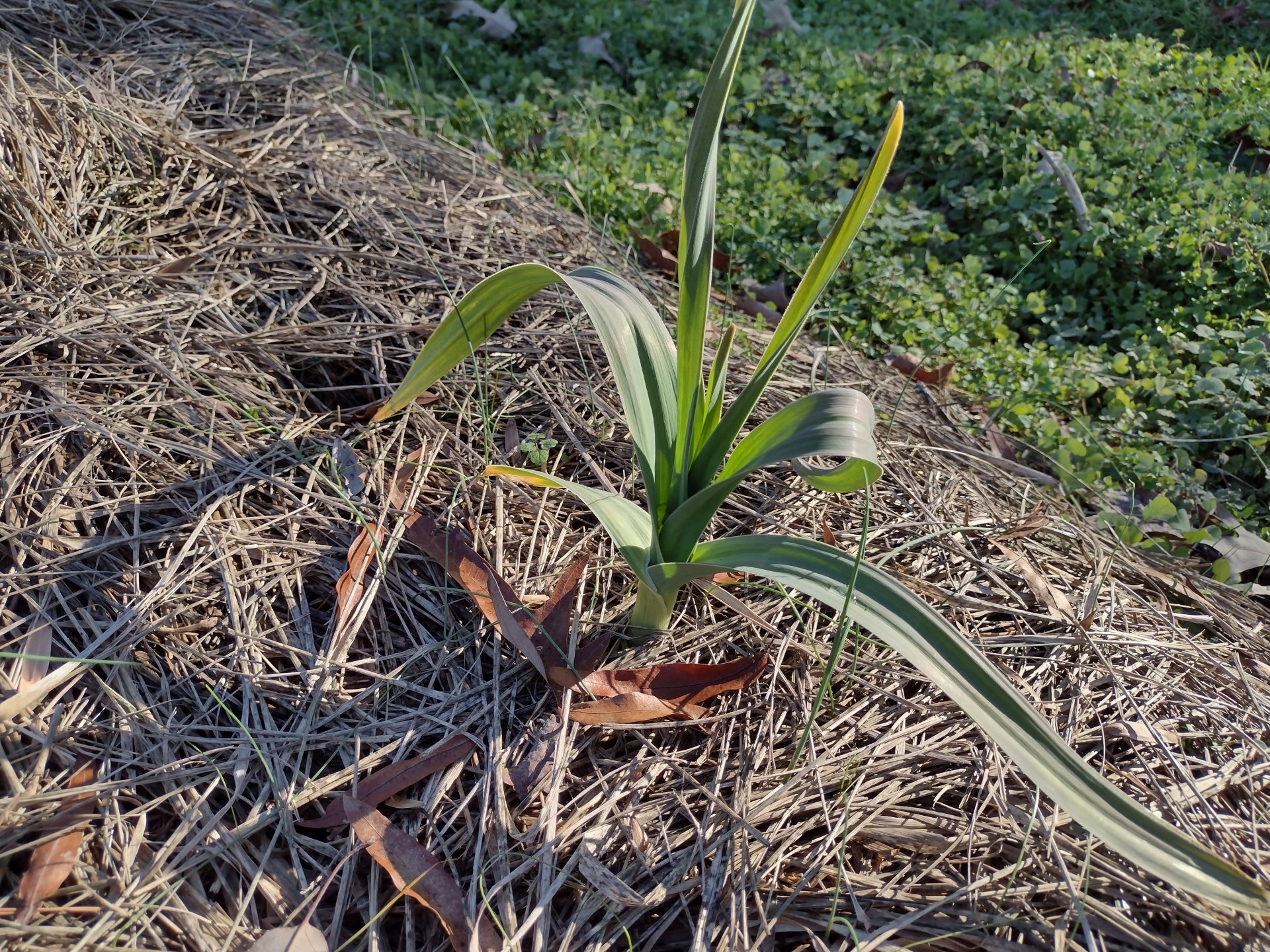
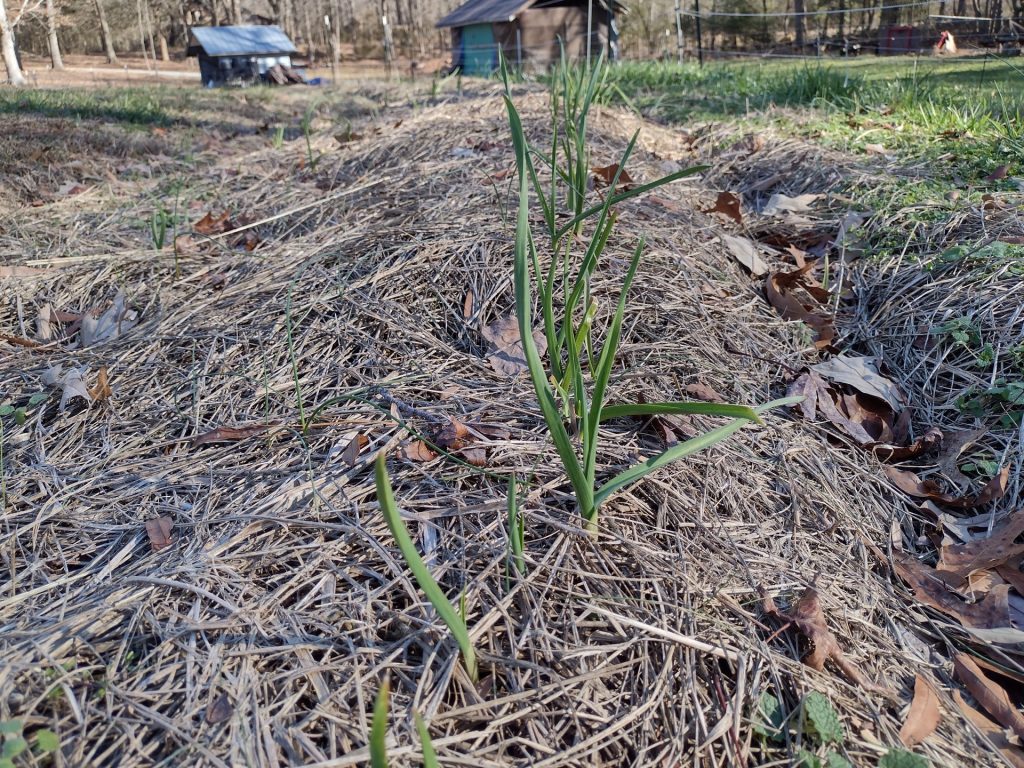
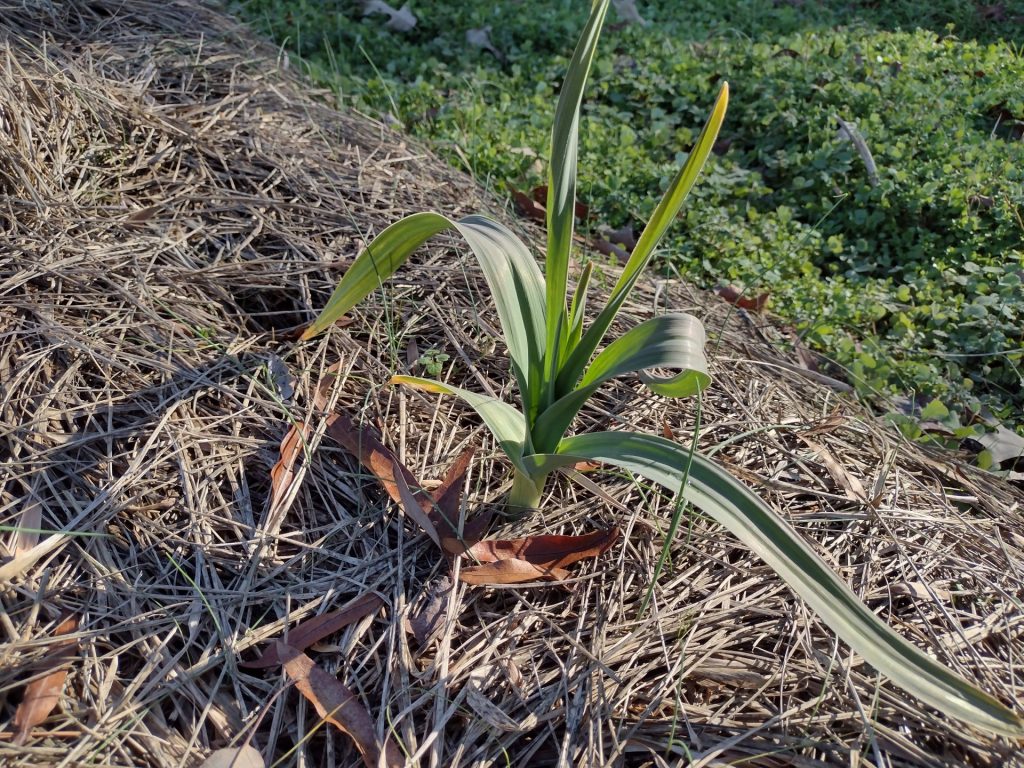

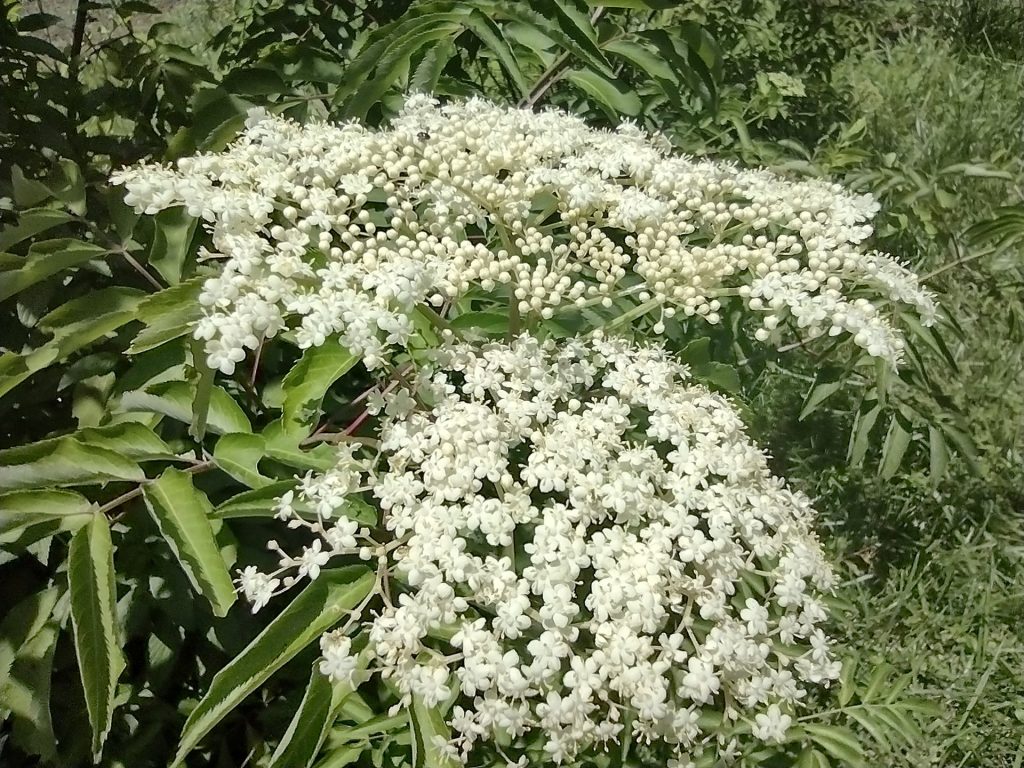
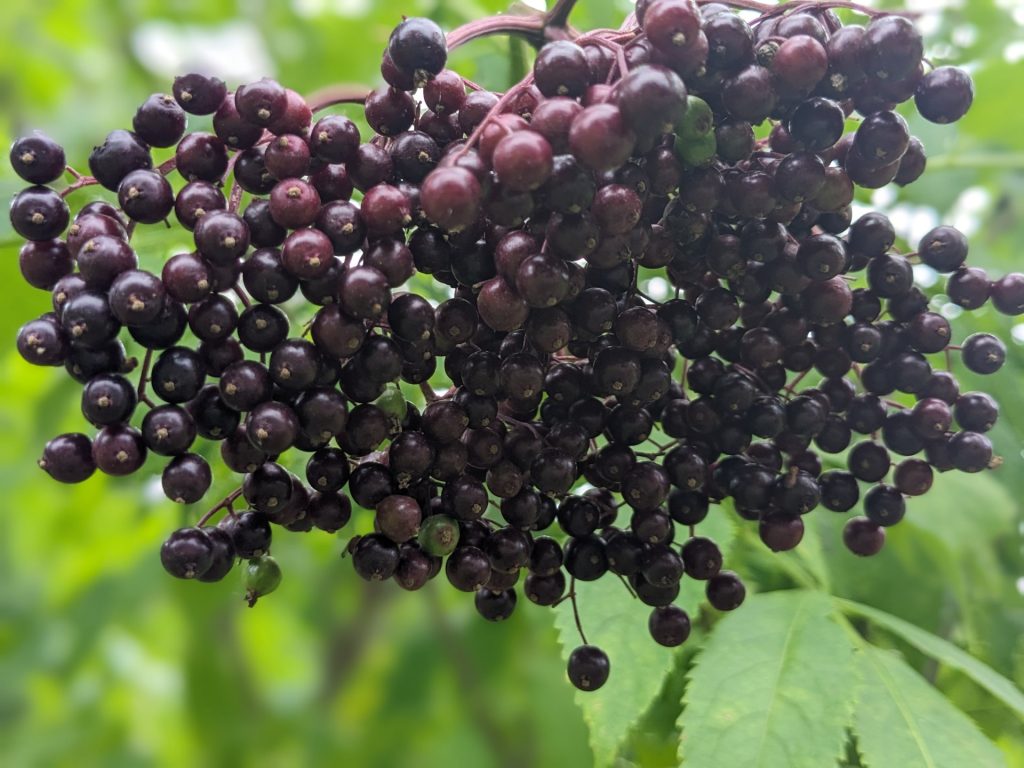
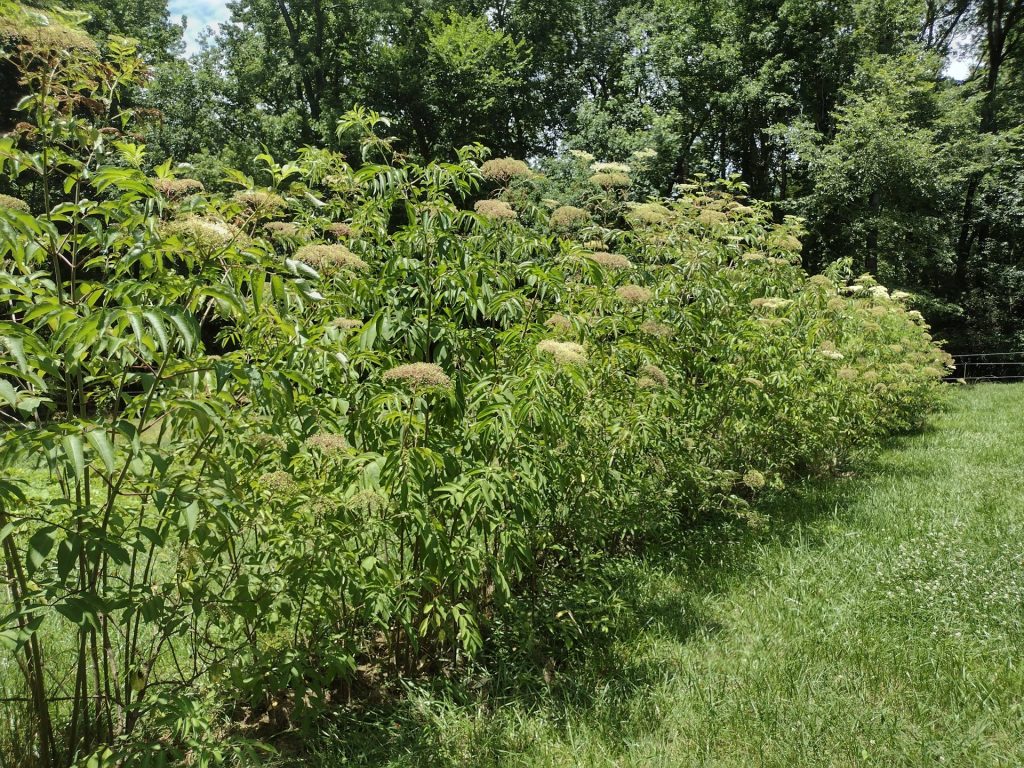
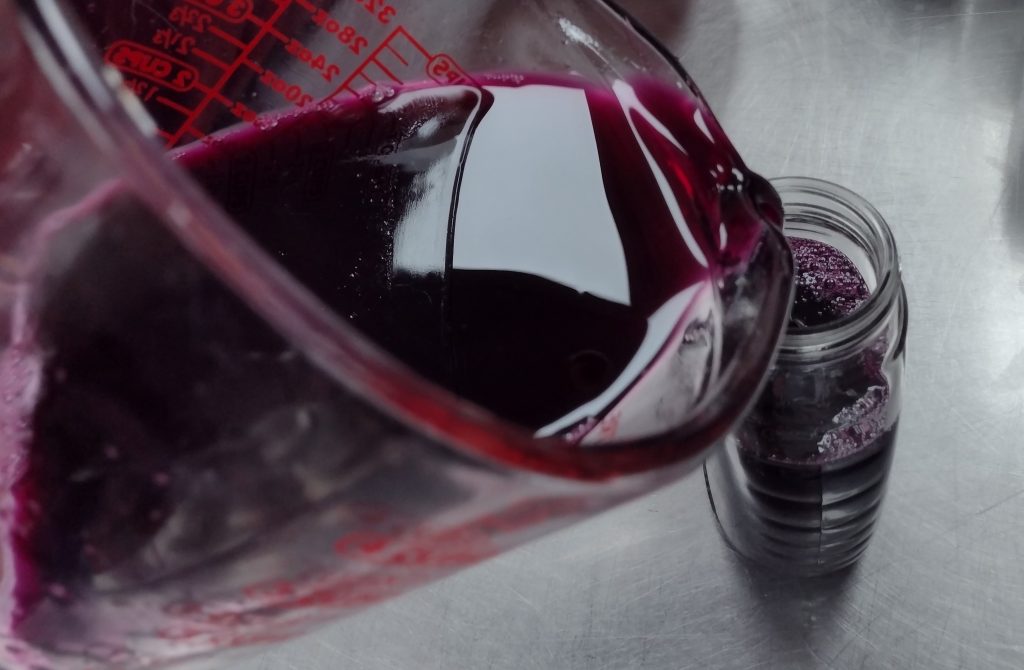

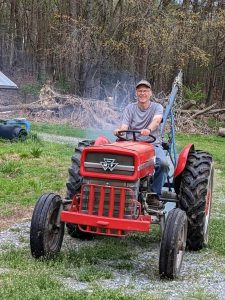 I’m a mechanical engineer turned weekend farmer, so I’m just smart enough to know that there is a lot that I don’t know especially when it comes to farming, permaculture and food forests. I’ve been heavily influenced in my love of farming and permaculture by my Mom and Dad and also by people like
I’m a mechanical engineer turned weekend farmer, so I’m just smart enough to know that there is a lot that I don’t know especially when it comes to farming, permaculture and food forests. I’ve been heavily influenced in my love of farming and permaculture by my Mom and Dad and also by people like 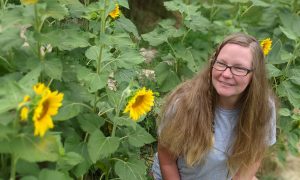 Connie has her certificate in Sustainable Agriculture from CCCC. She really enjoyed the classes at the community college and learned a lot. The program was a mixture of classes and work on the school farm. What she learned has really added to our technical proficiency on the farm.
Connie has her certificate in Sustainable Agriculture from CCCC. She really enjoyed the classes at the community college and learned a lot. The program was a mixture of classes and work on the school farm. What she learned has really added to our technical proficiency on the farm.